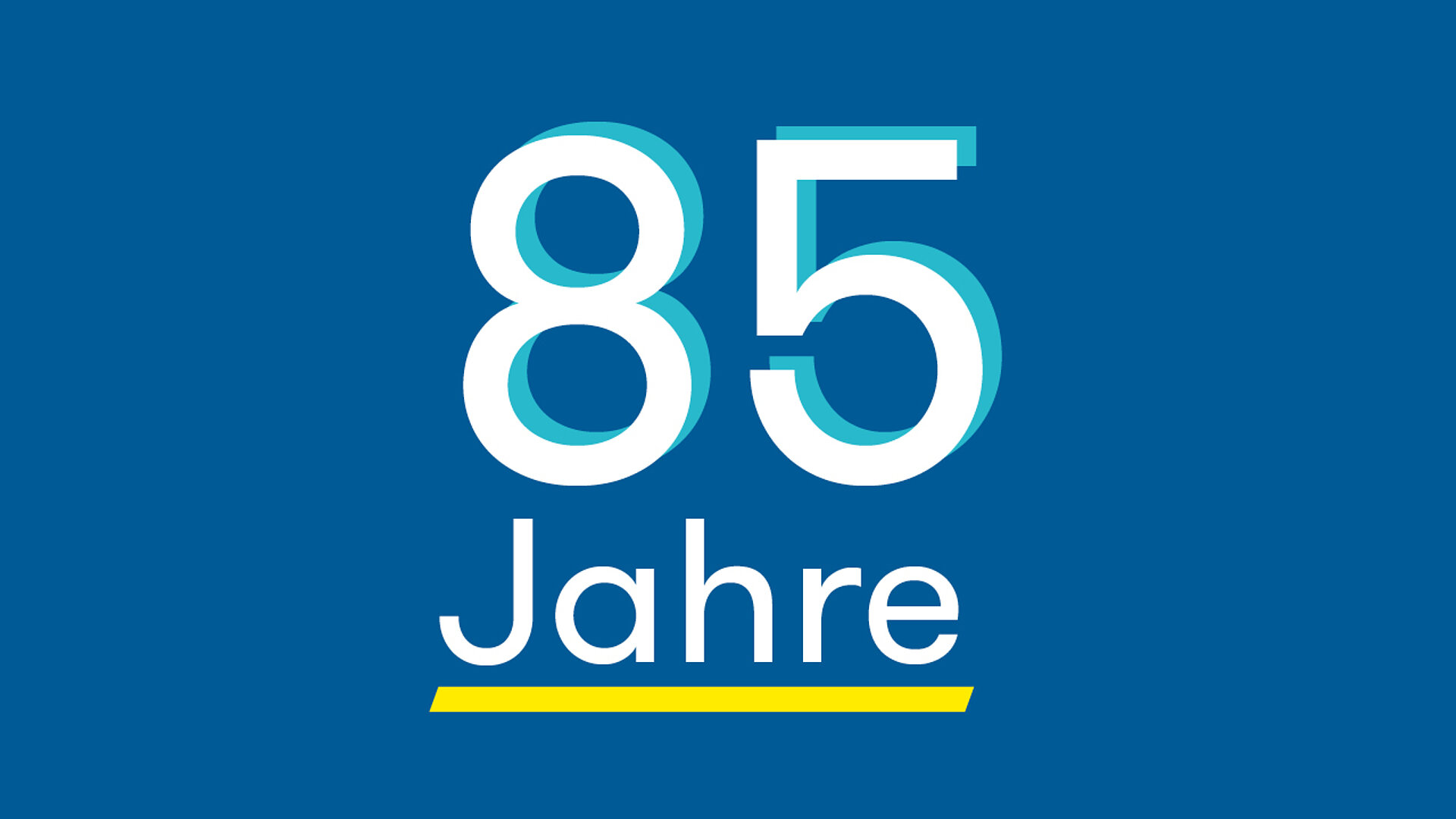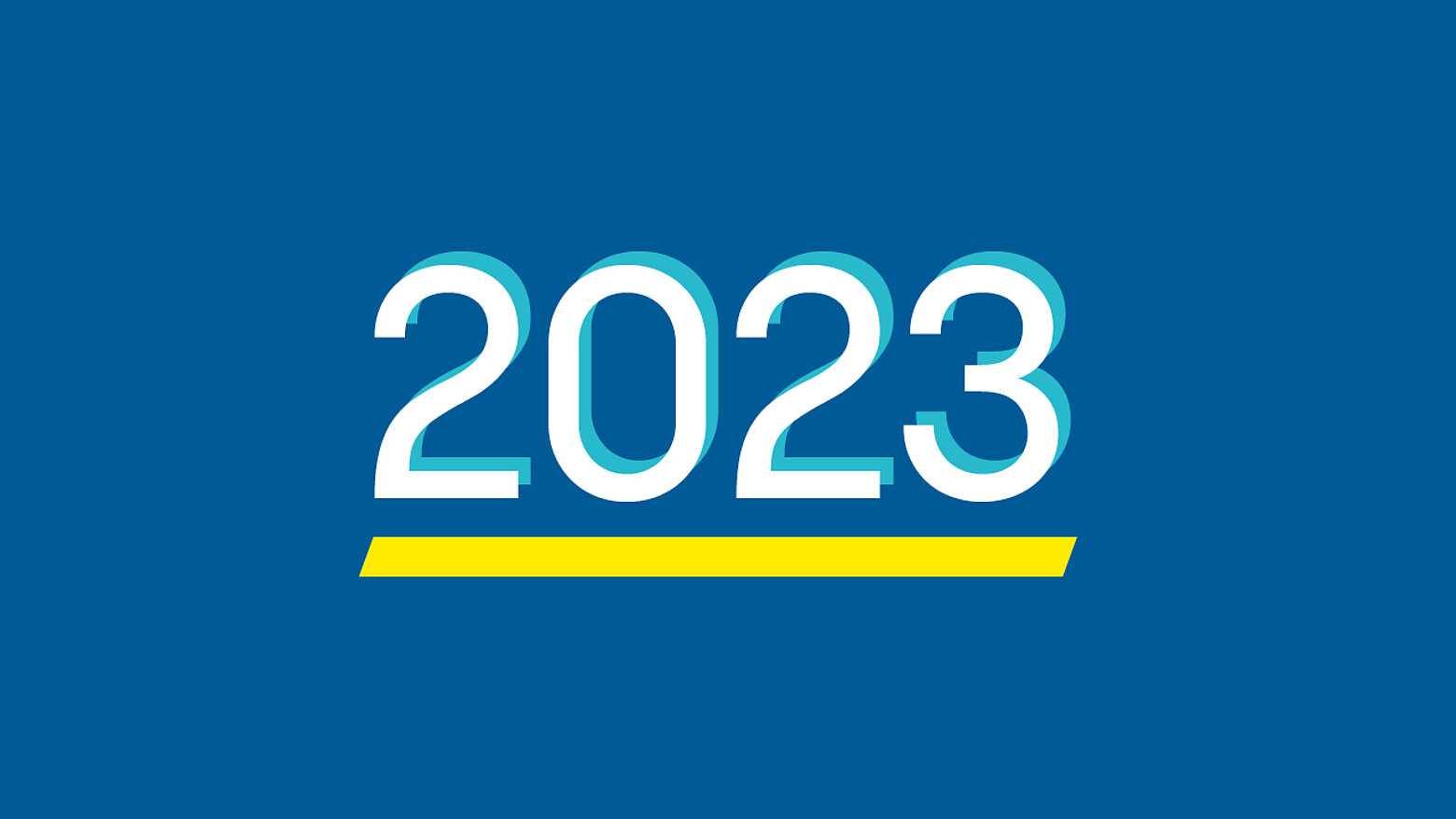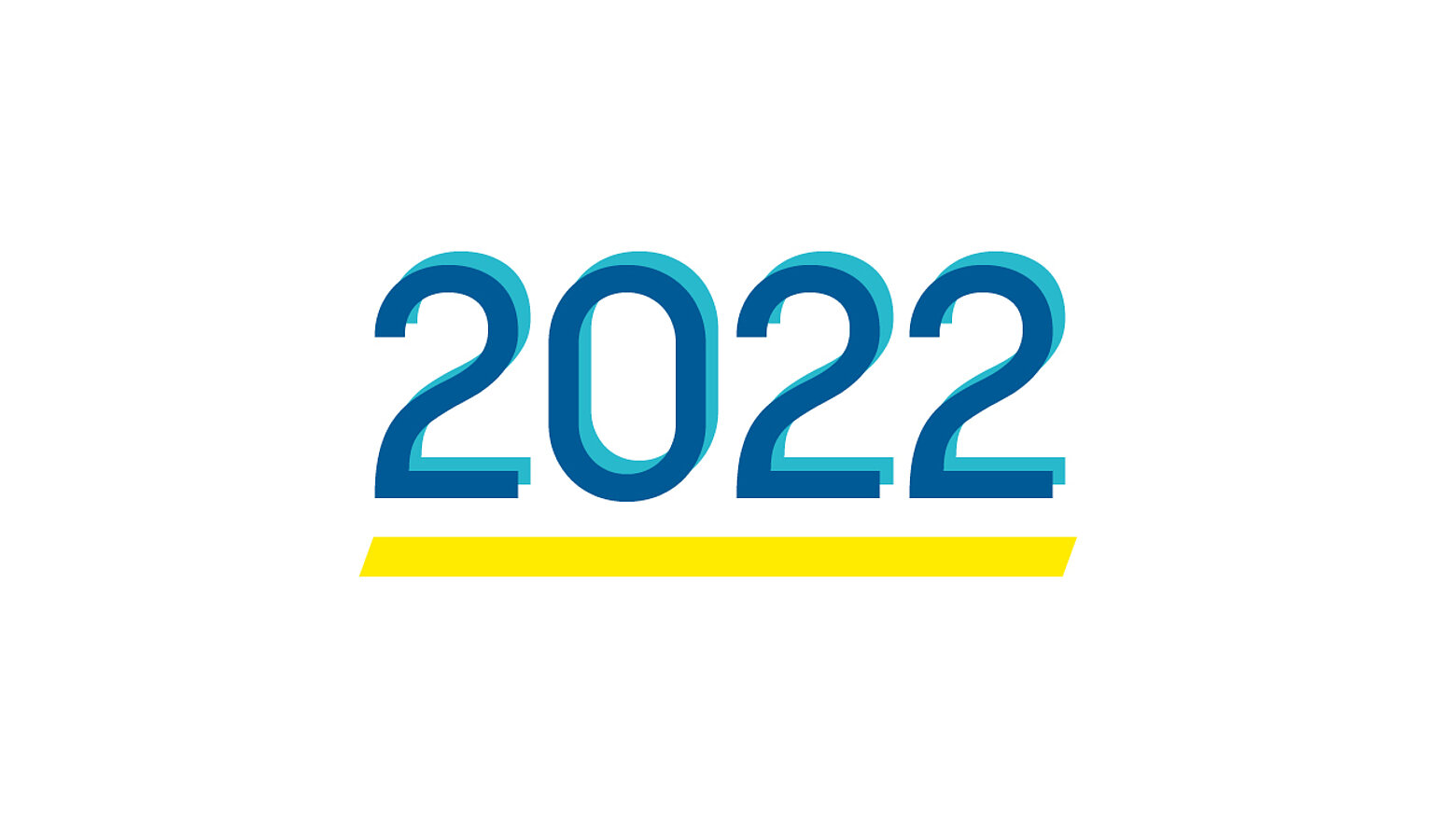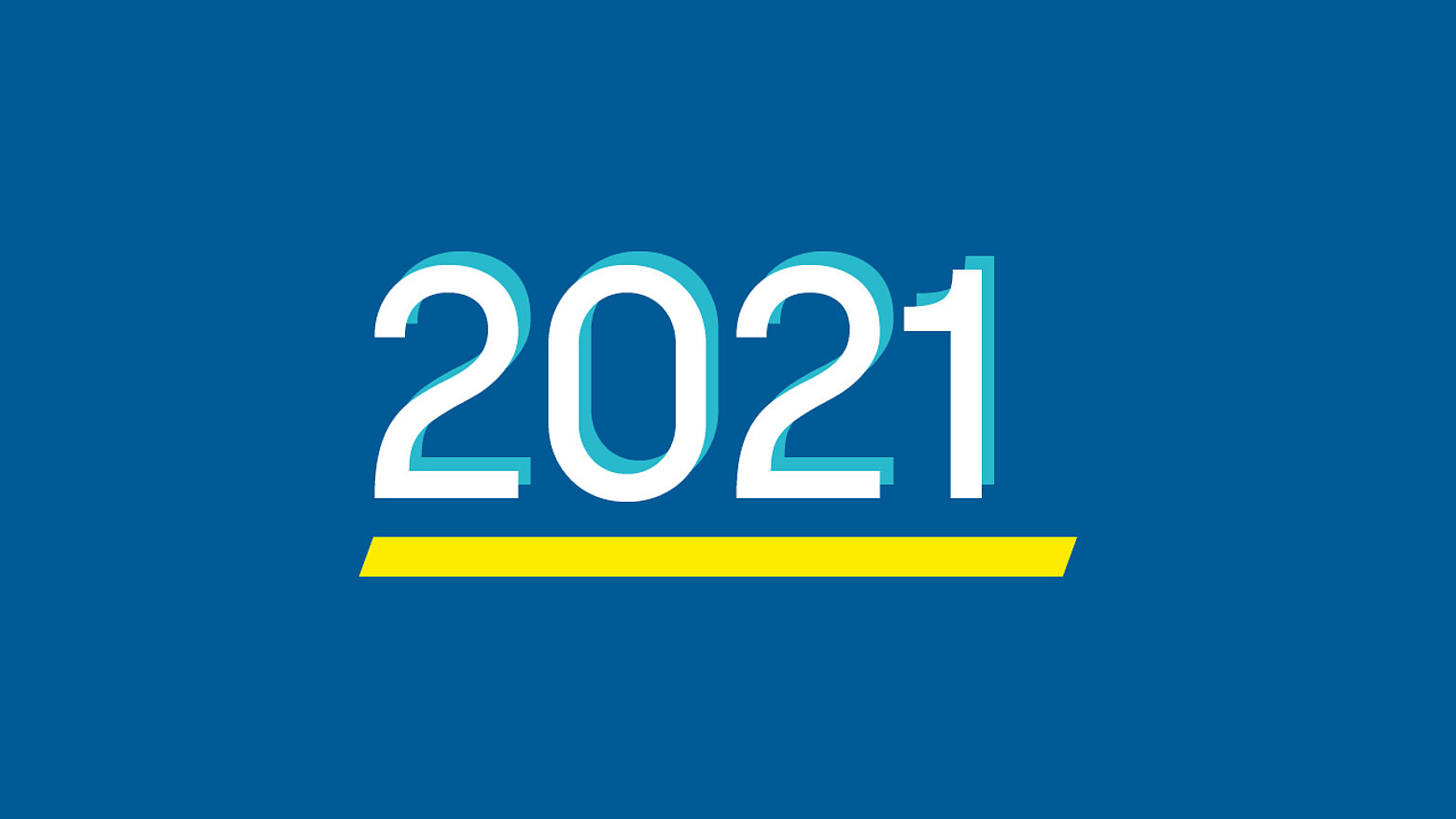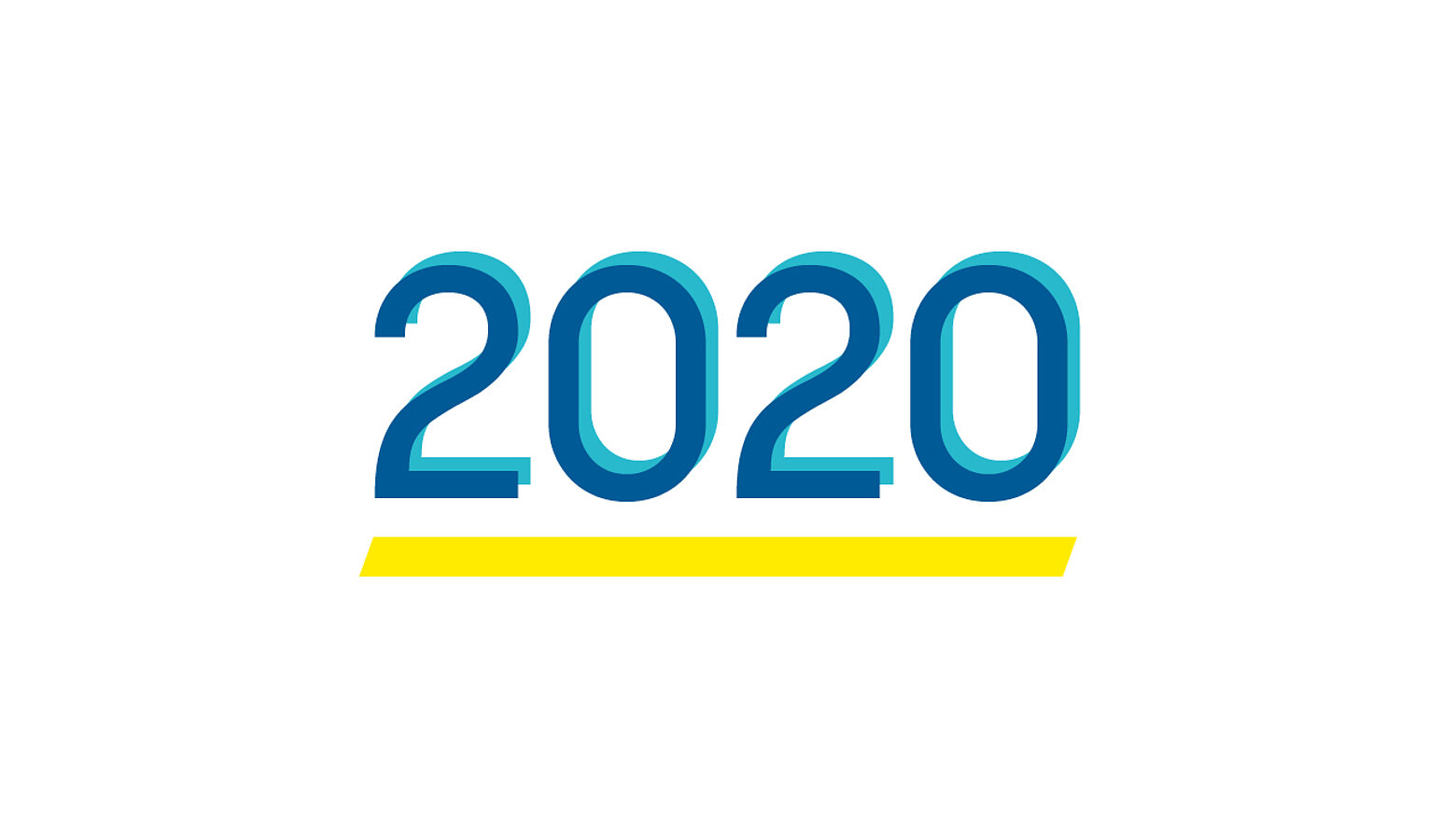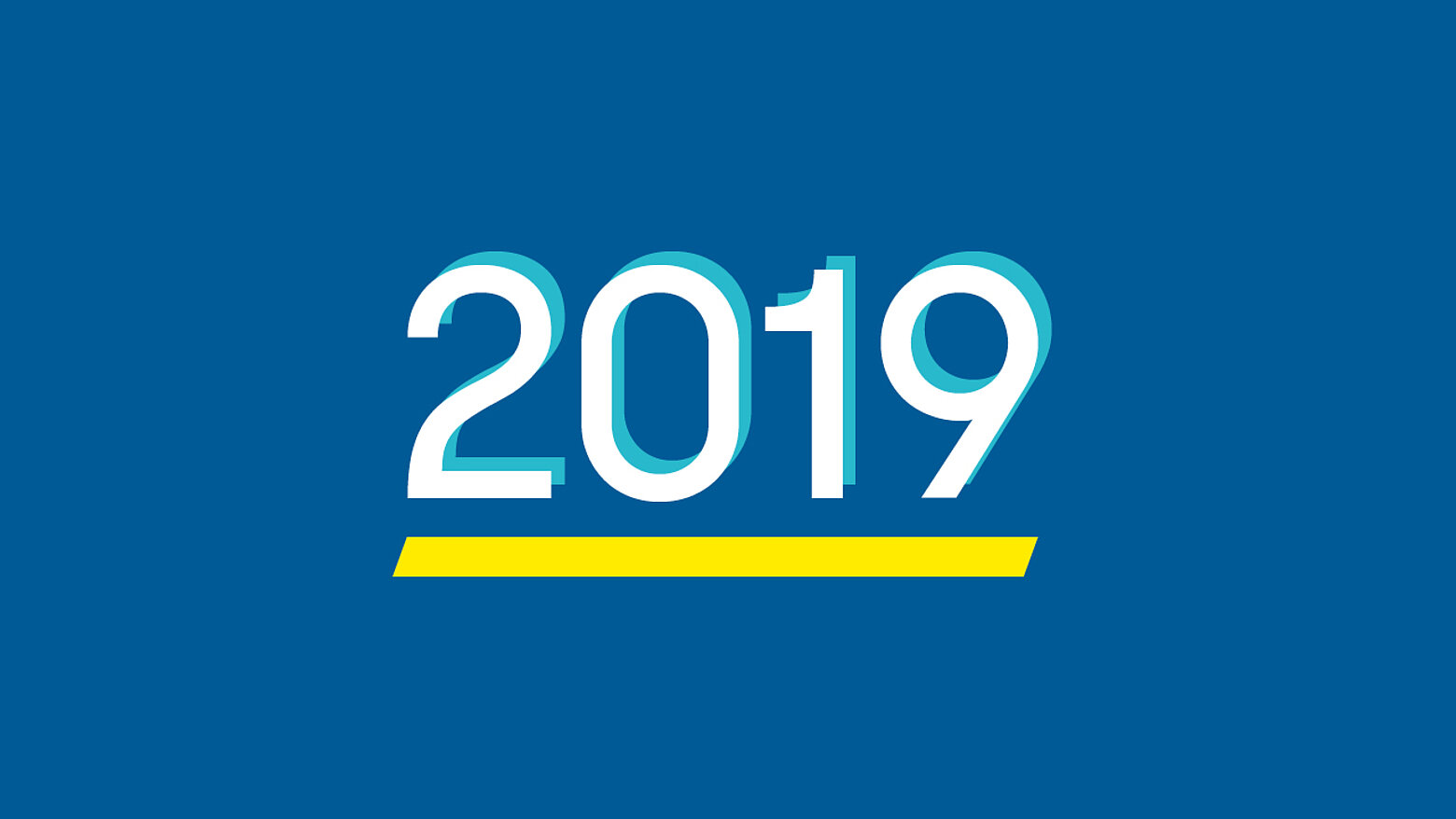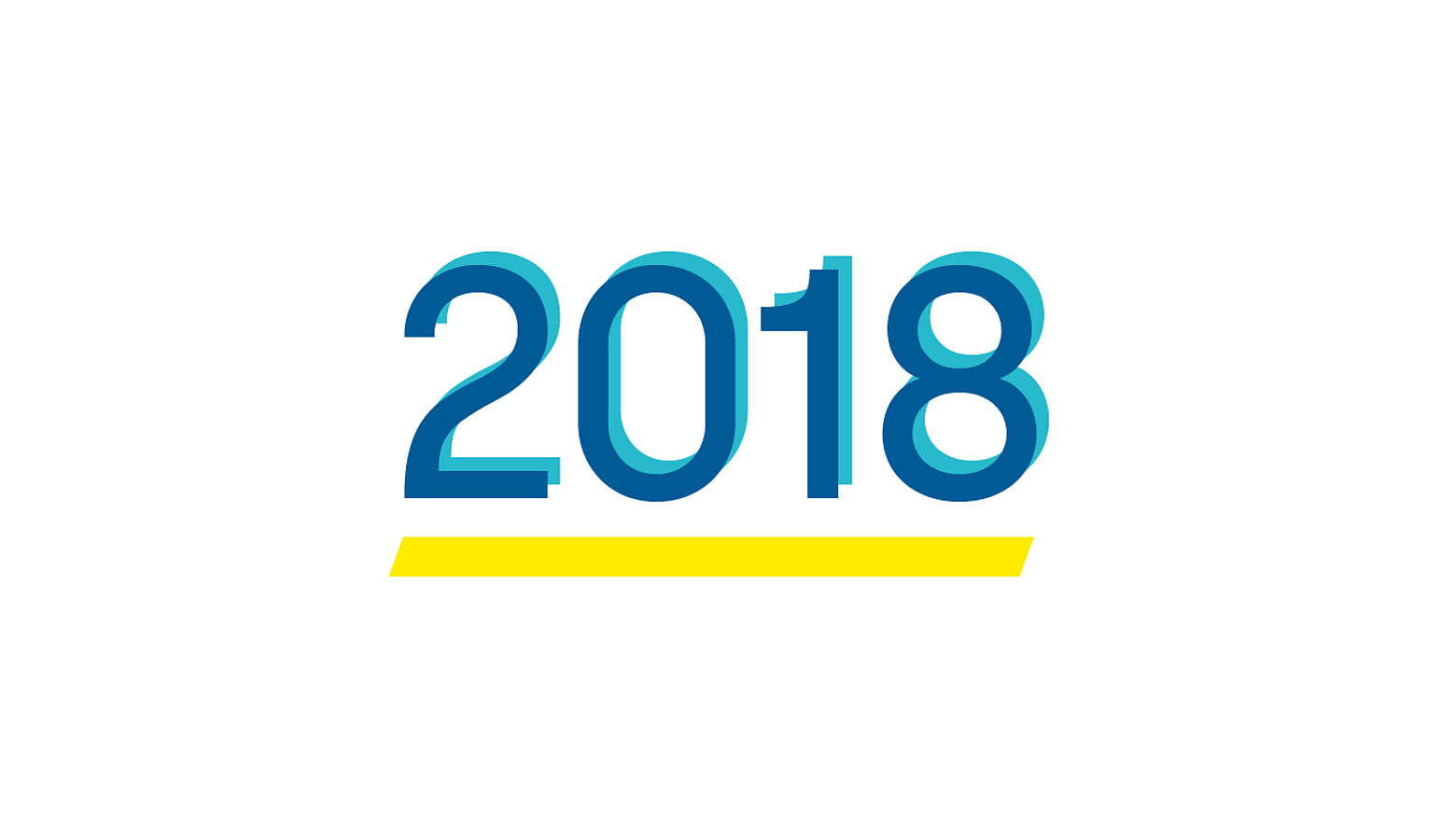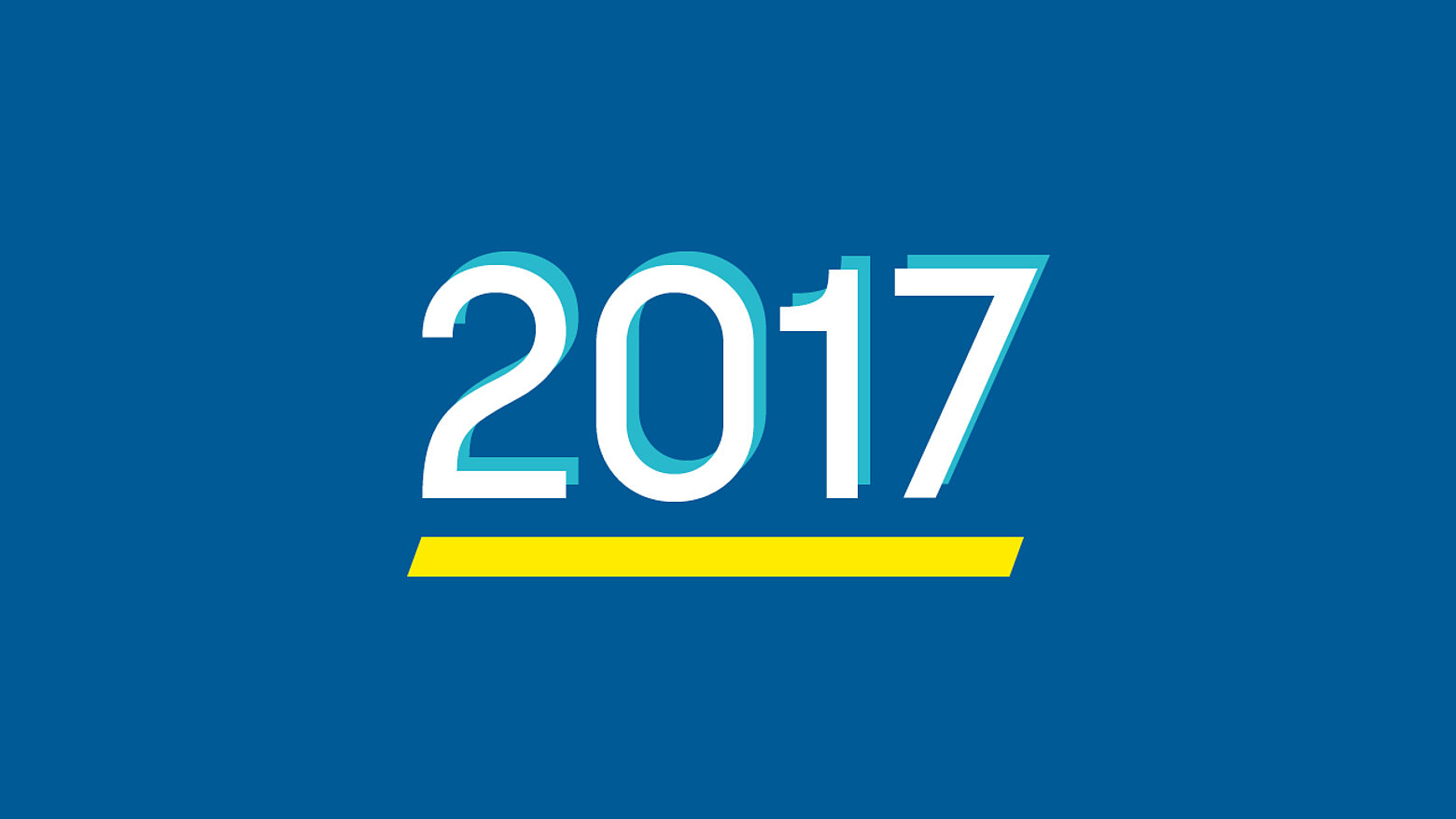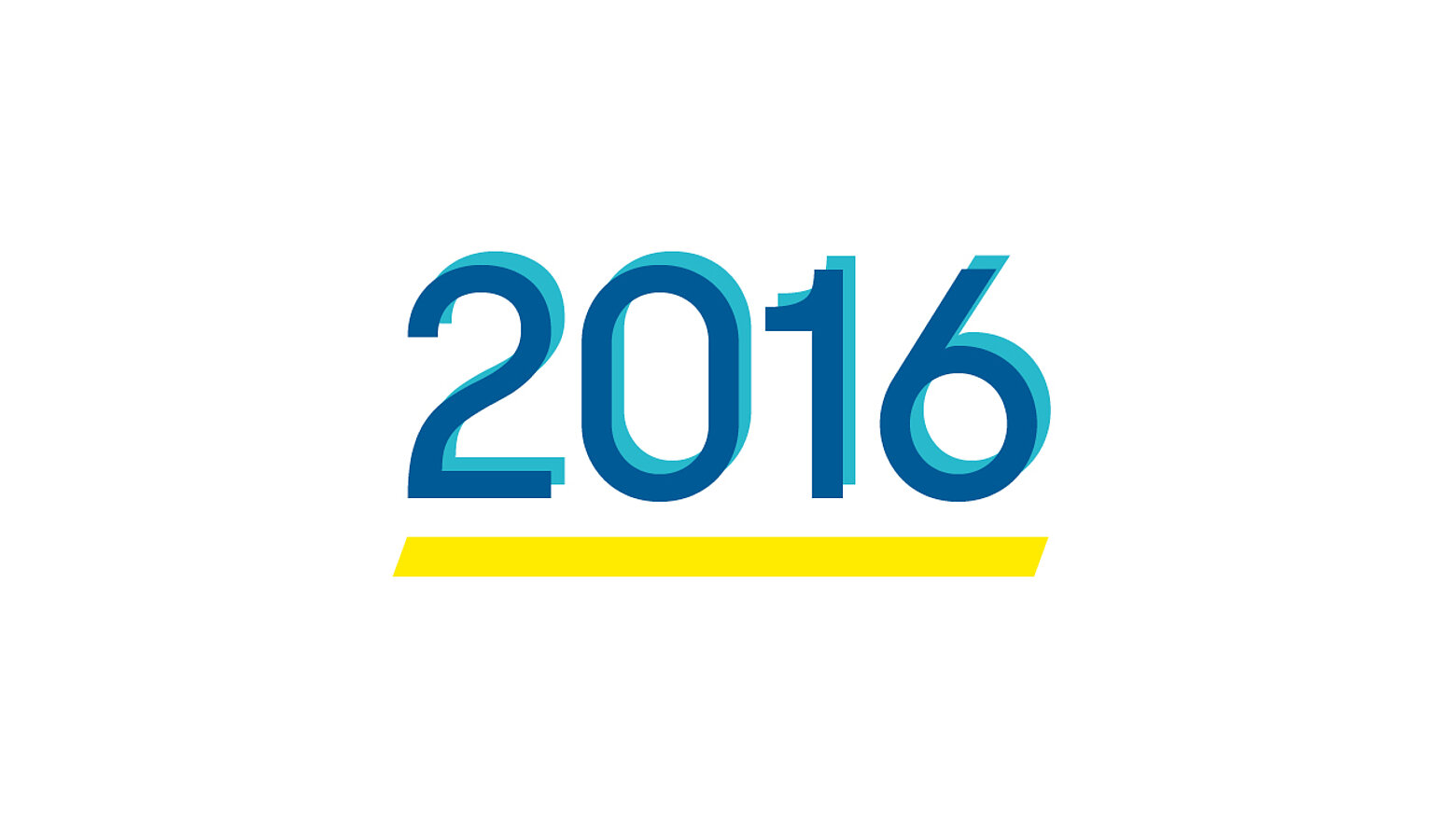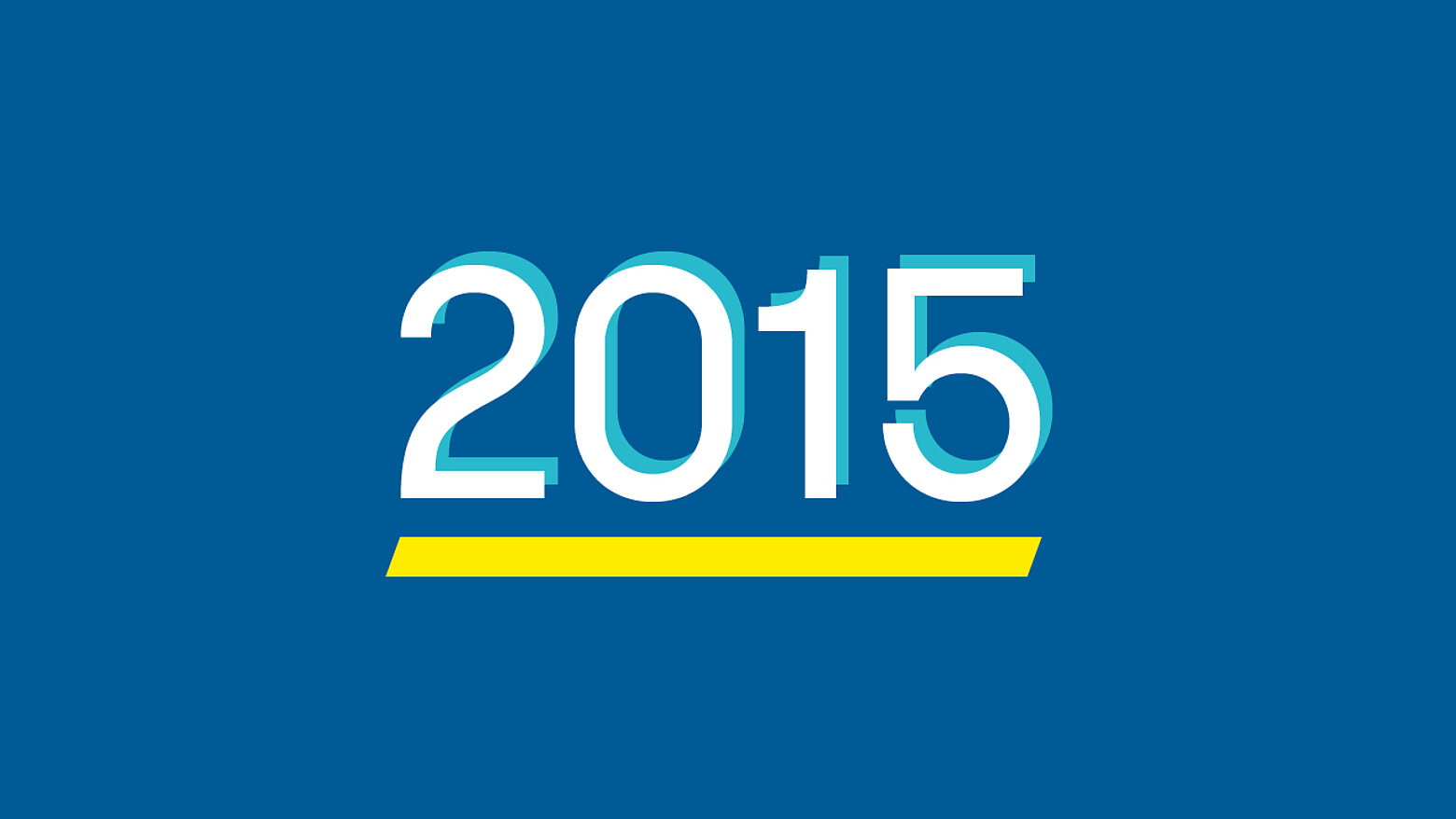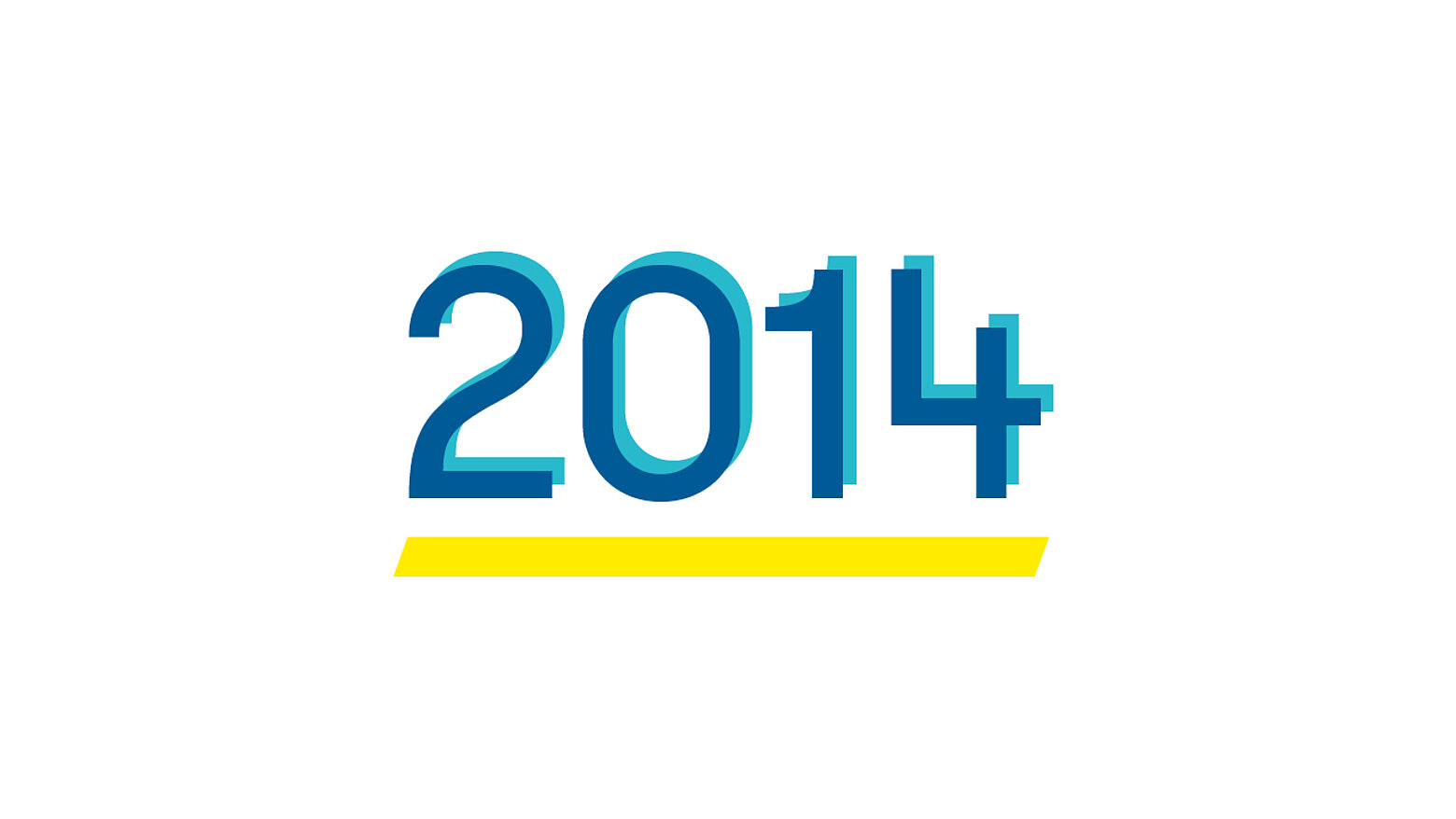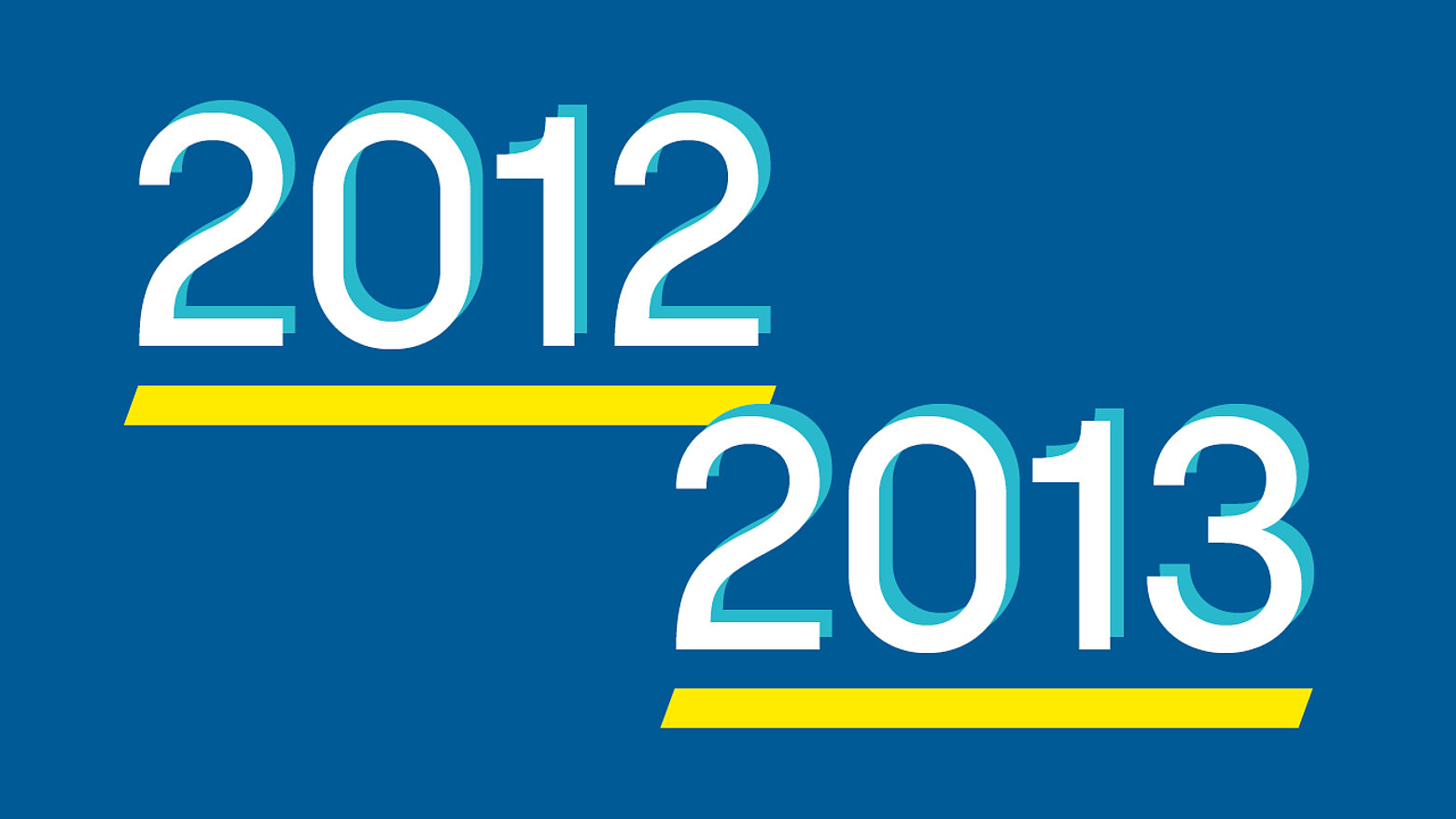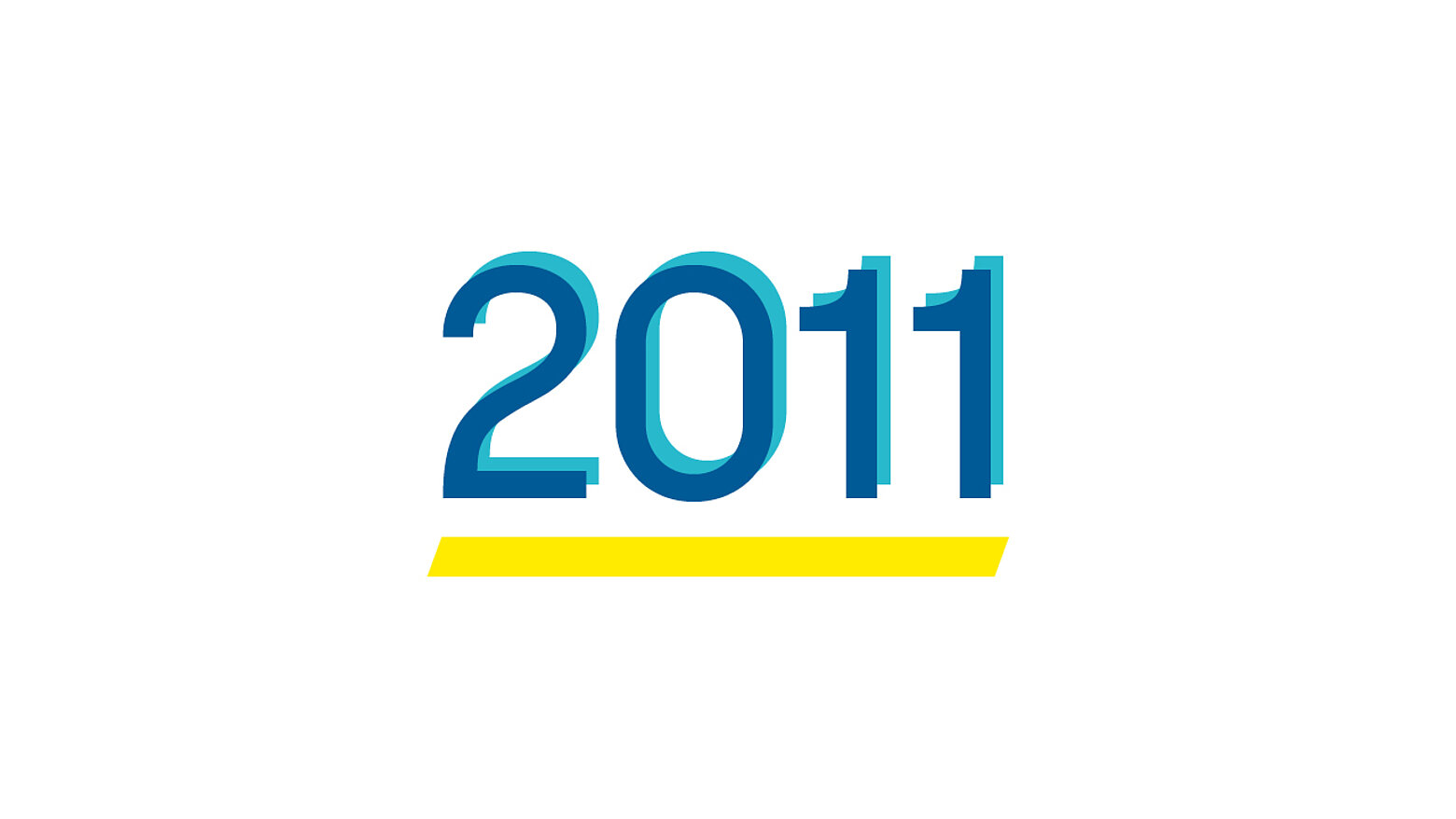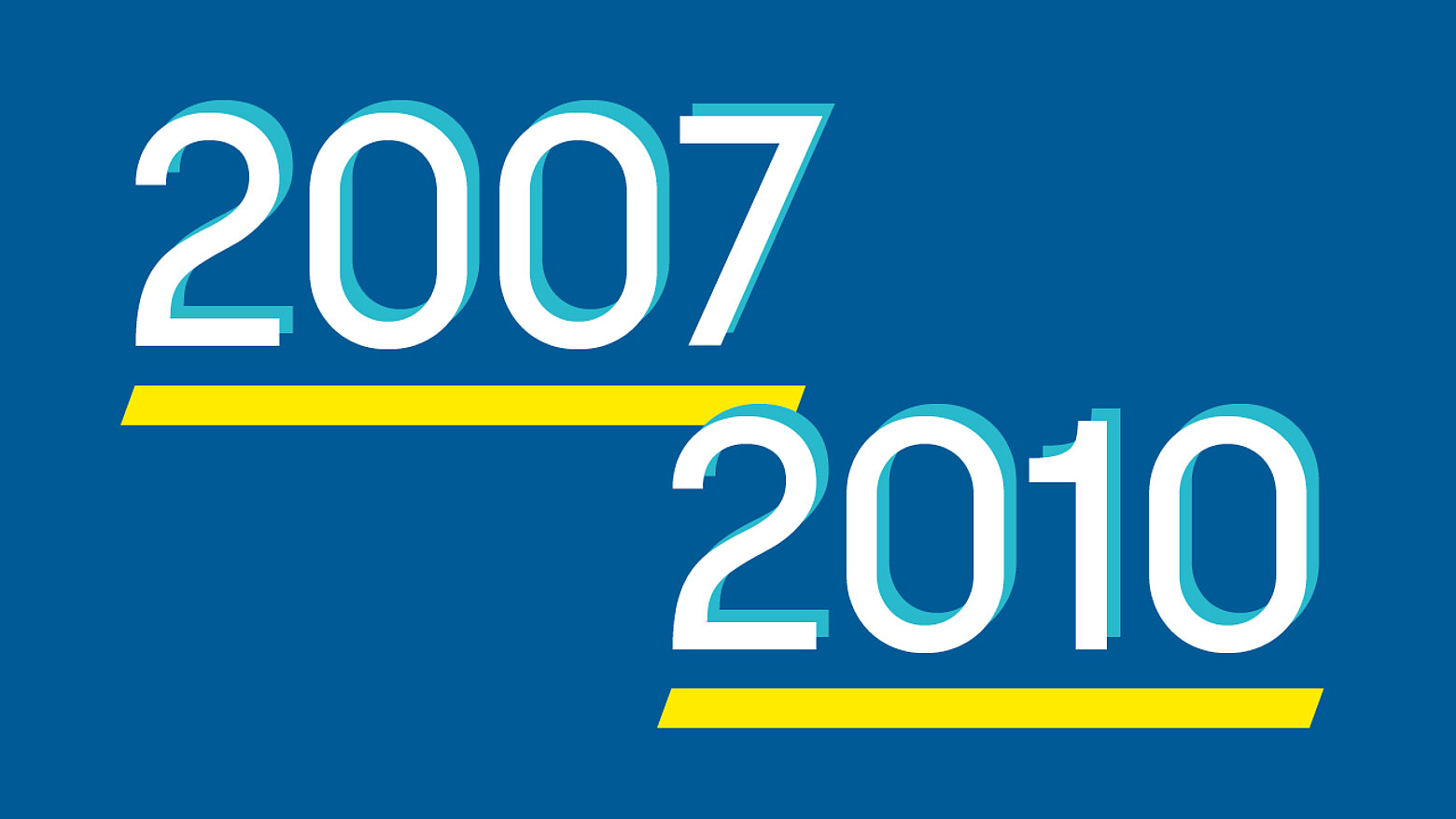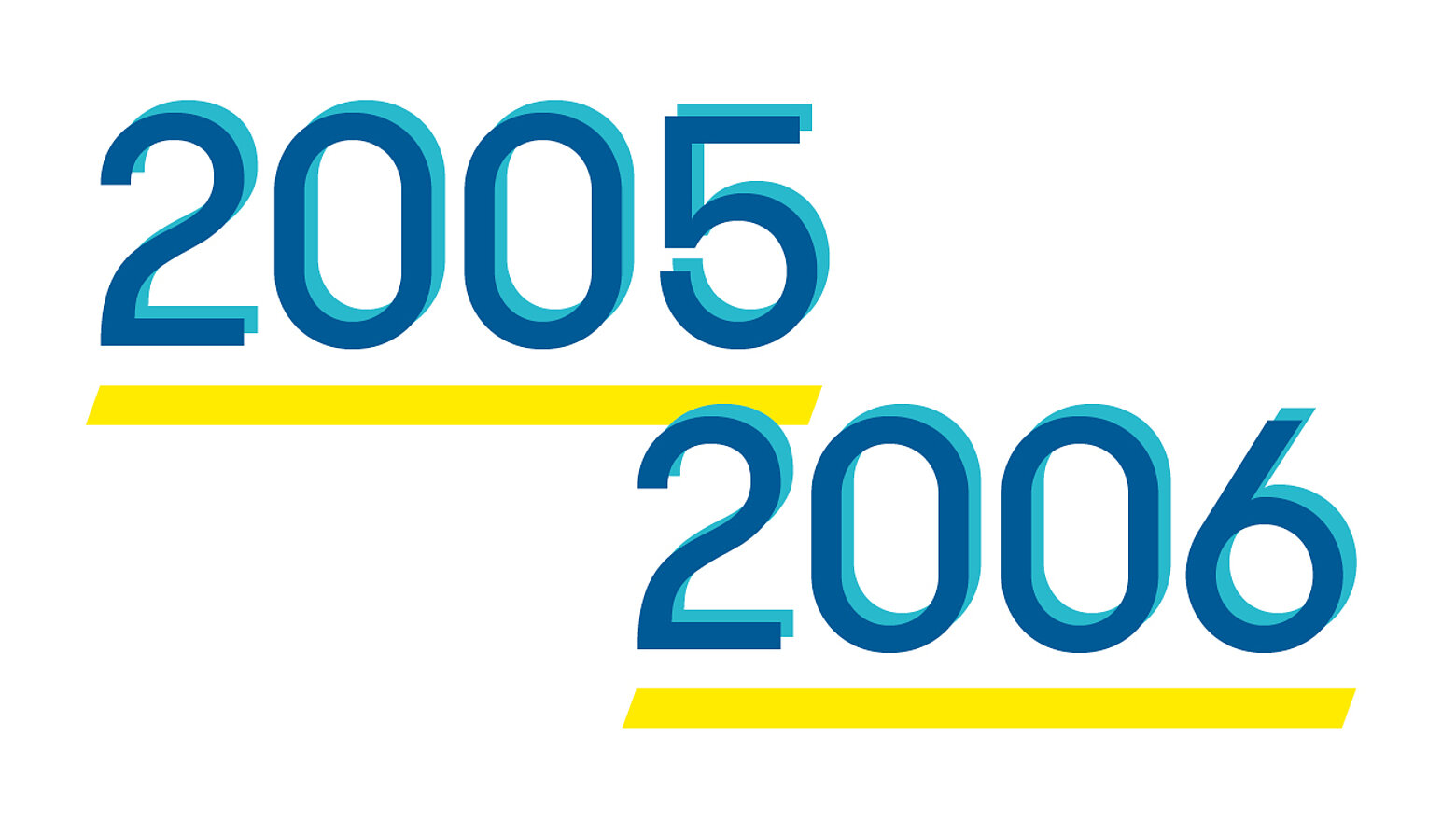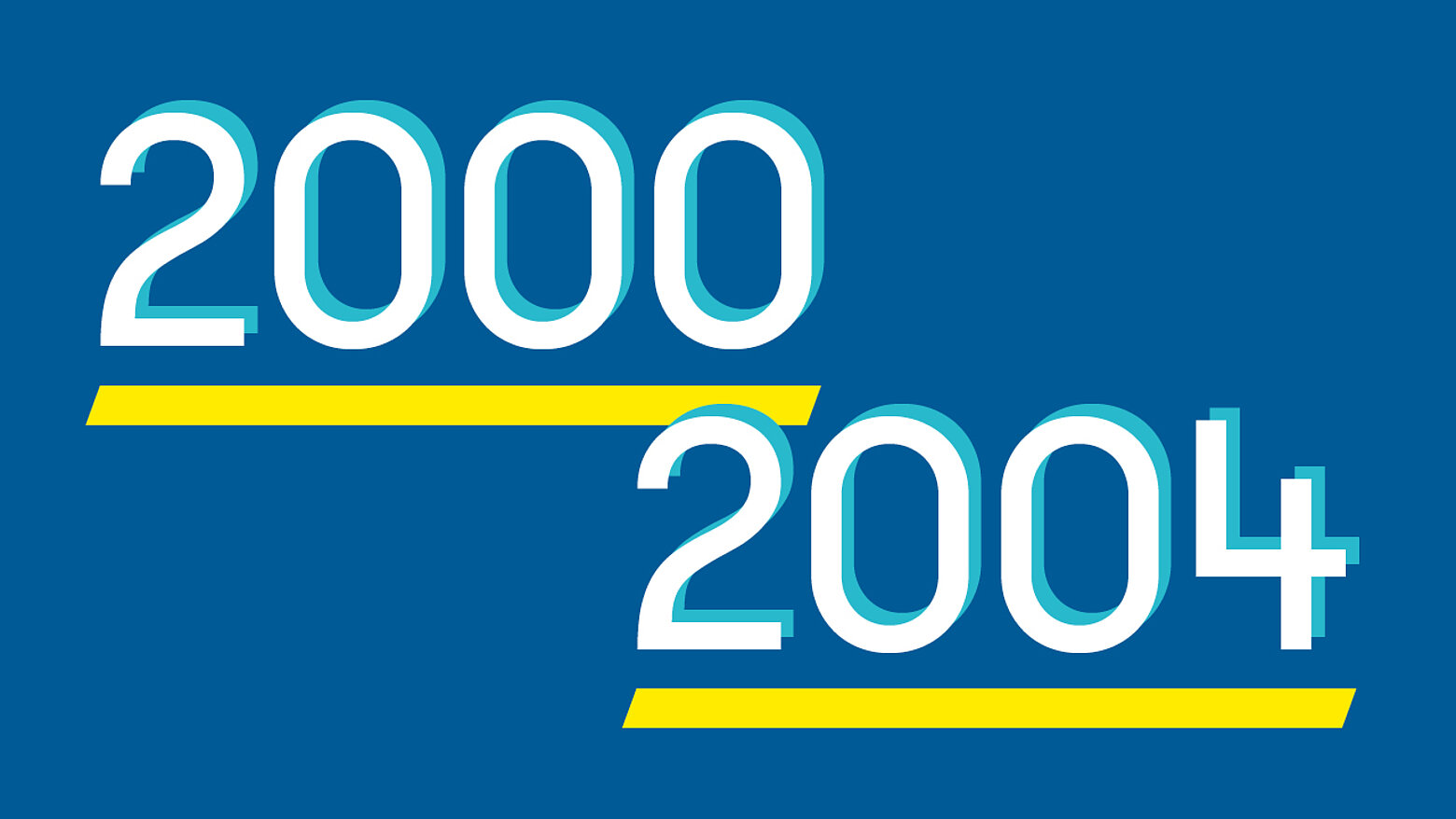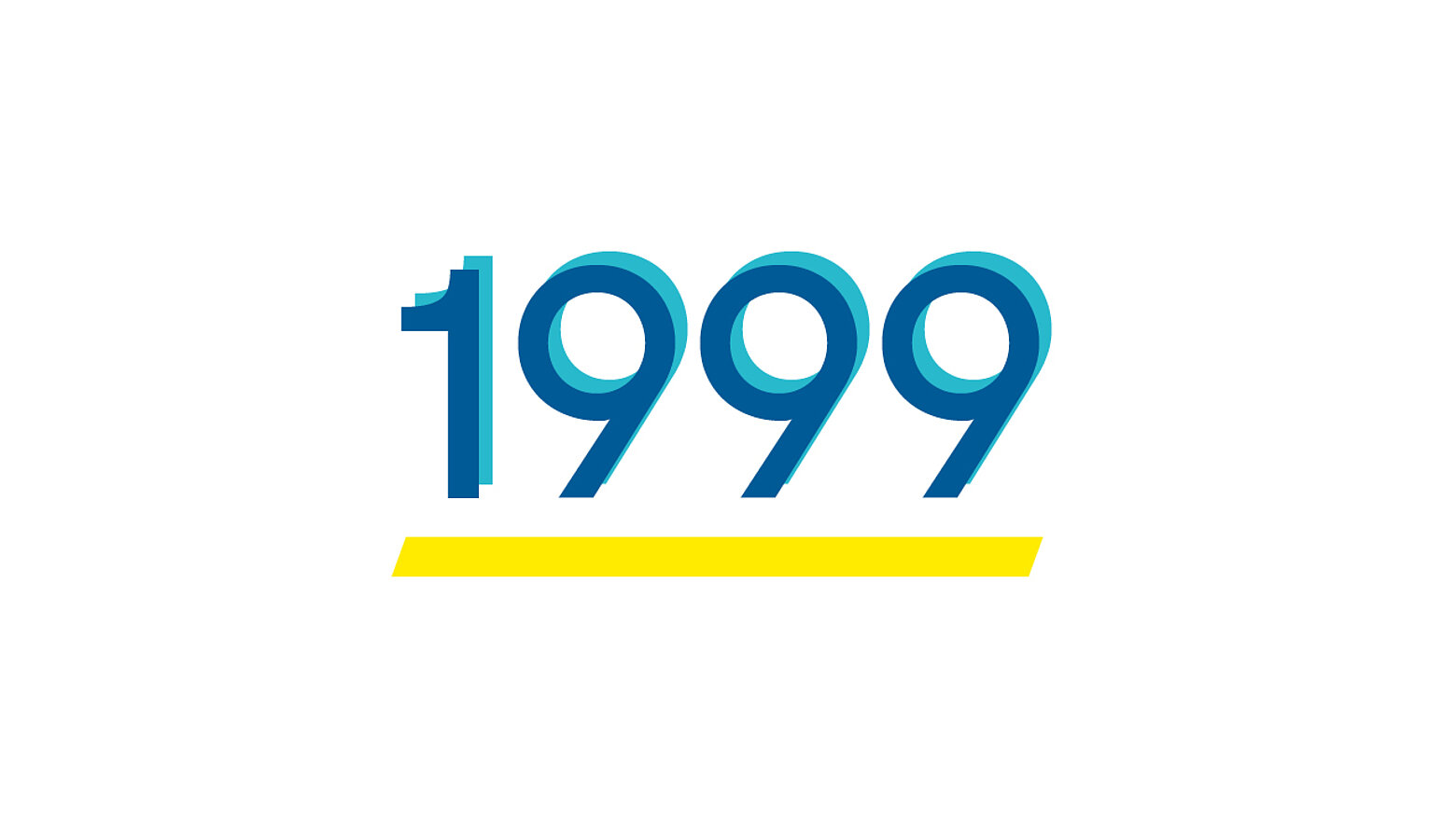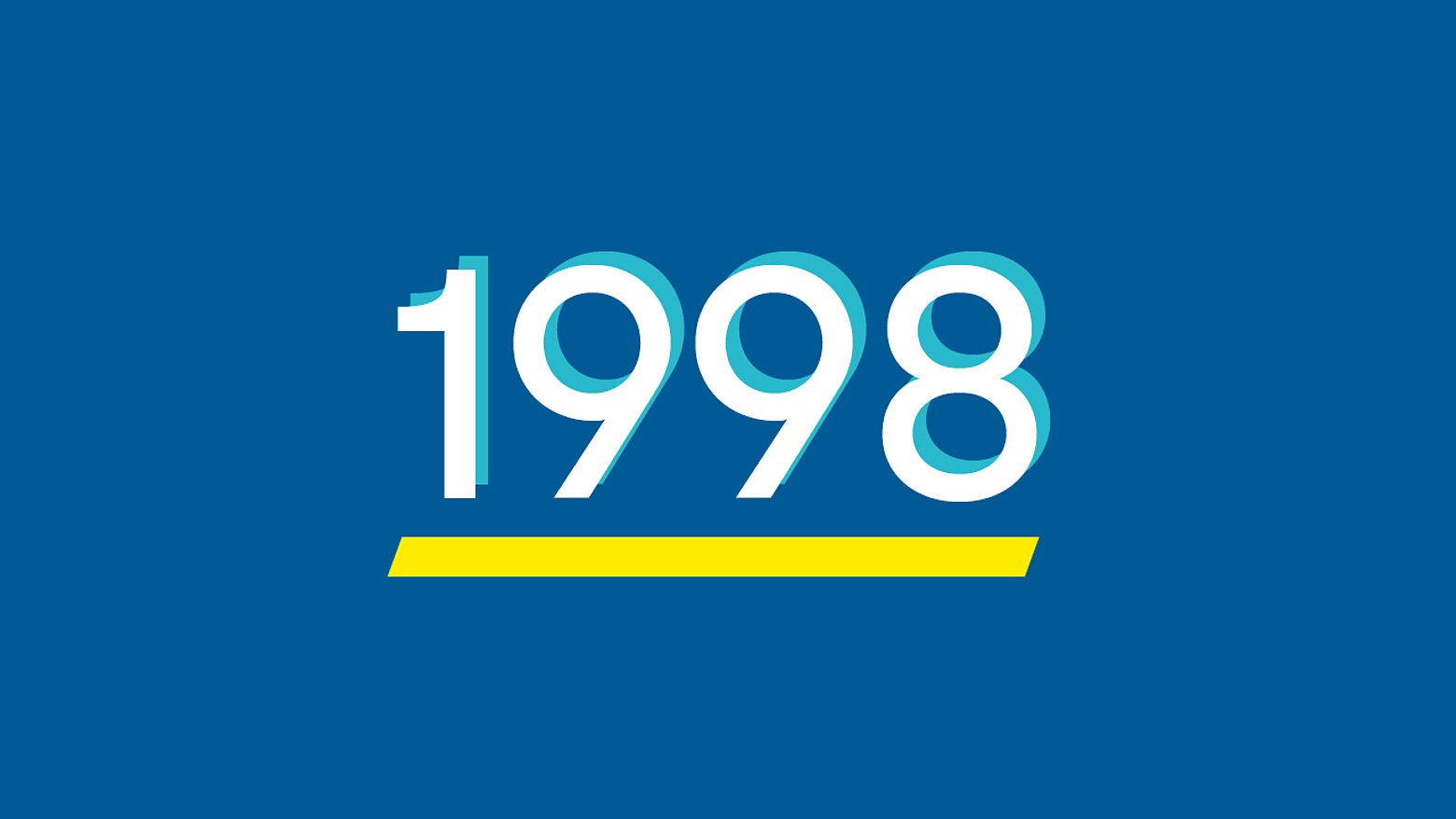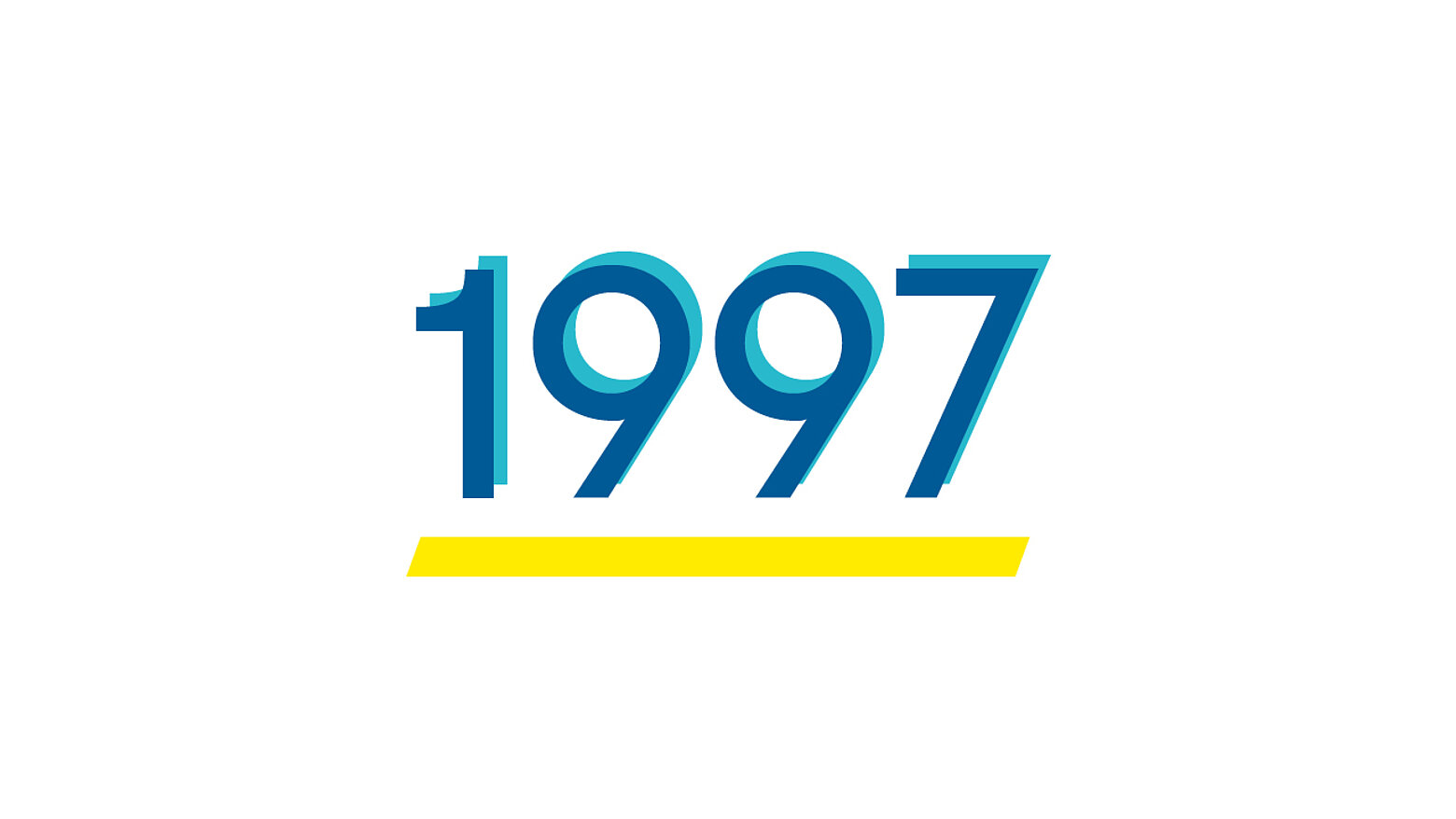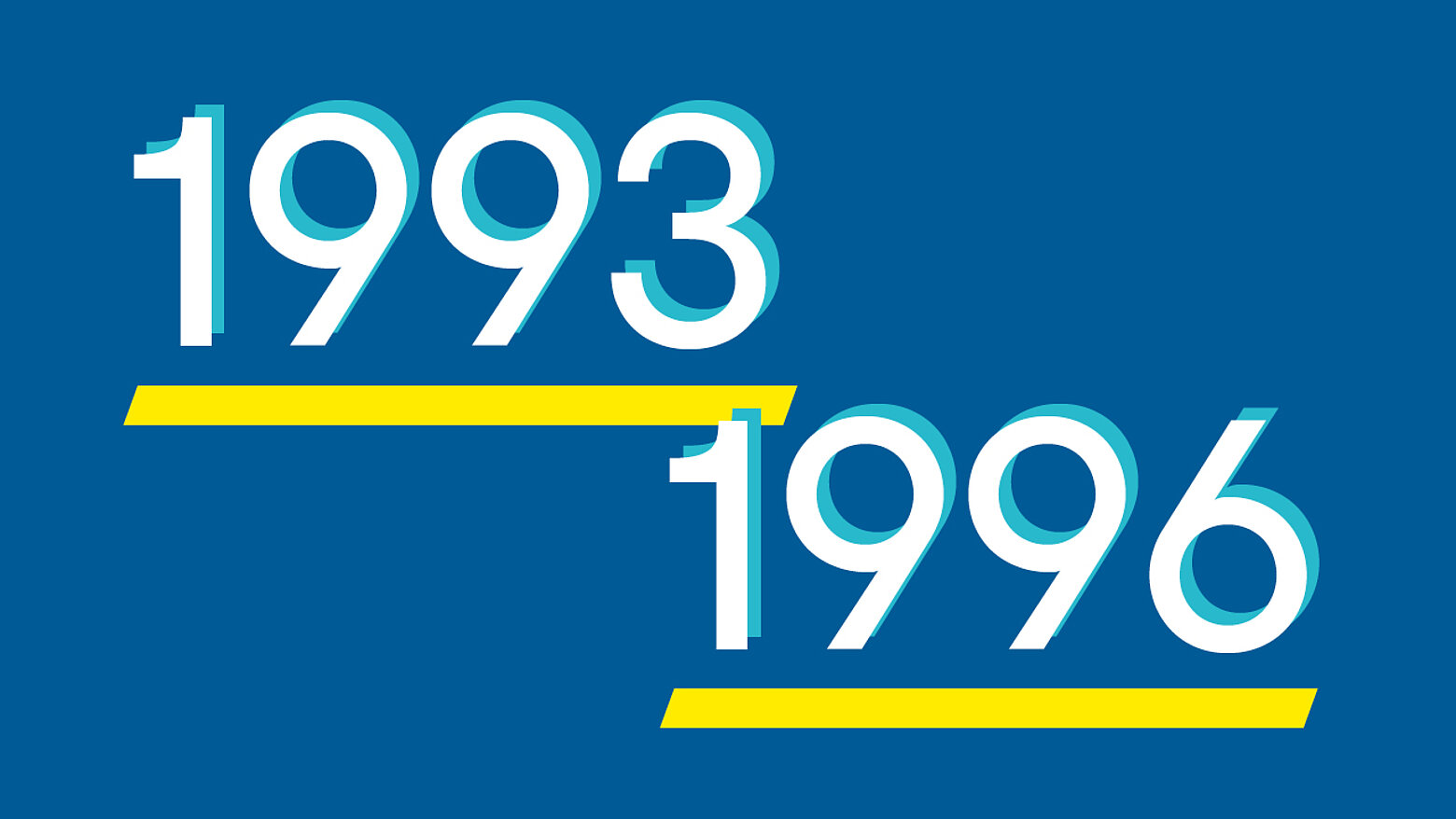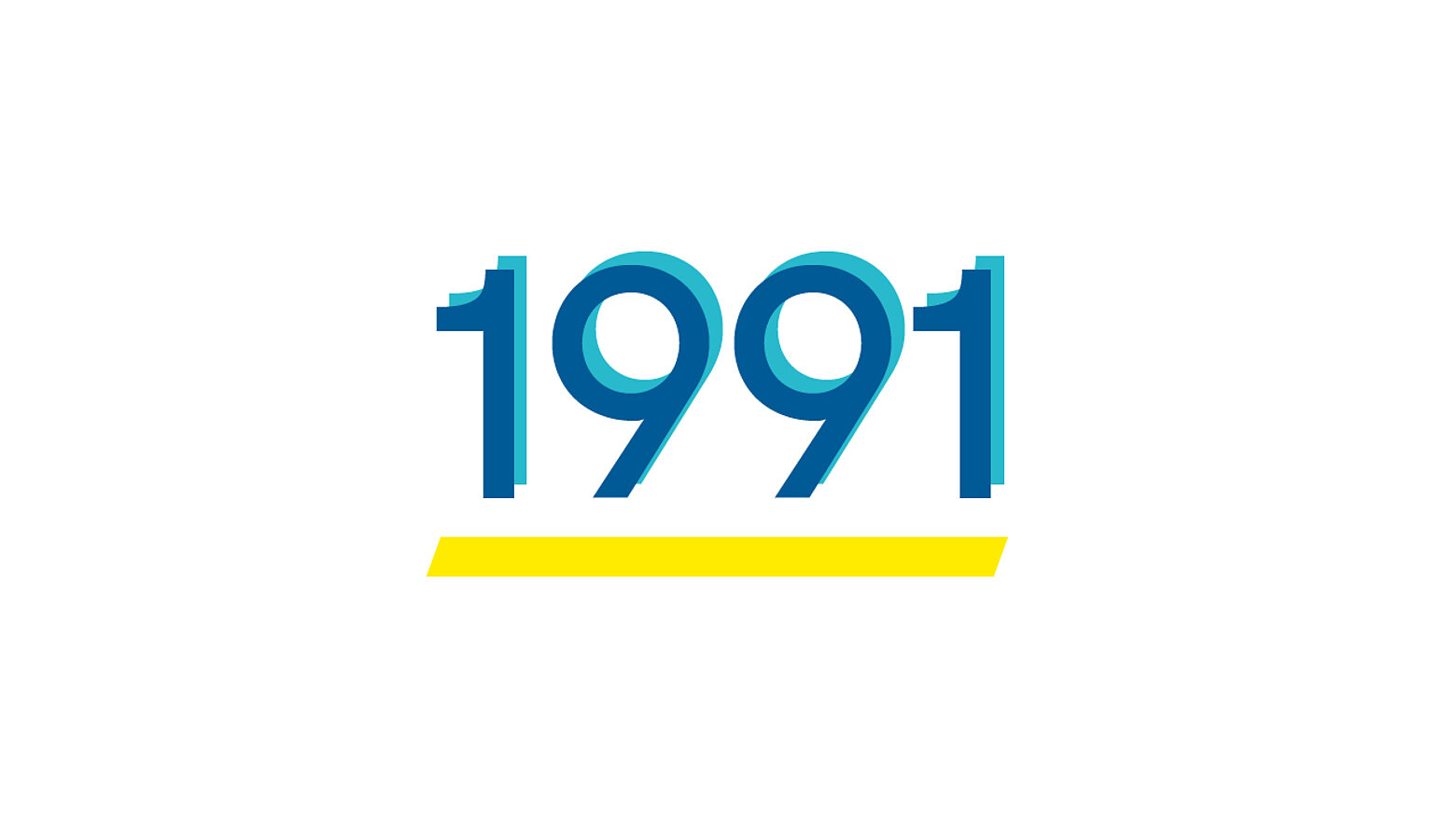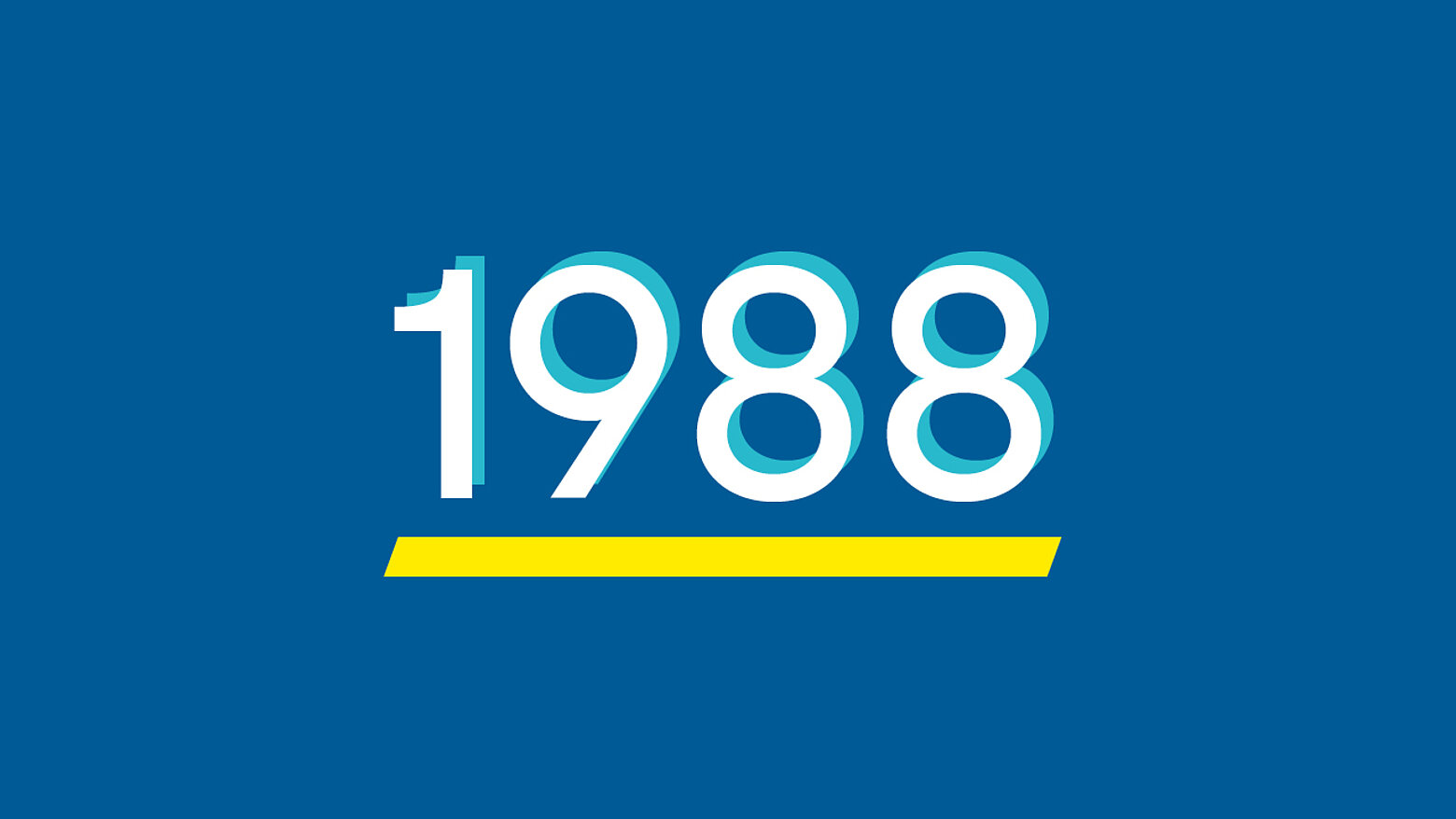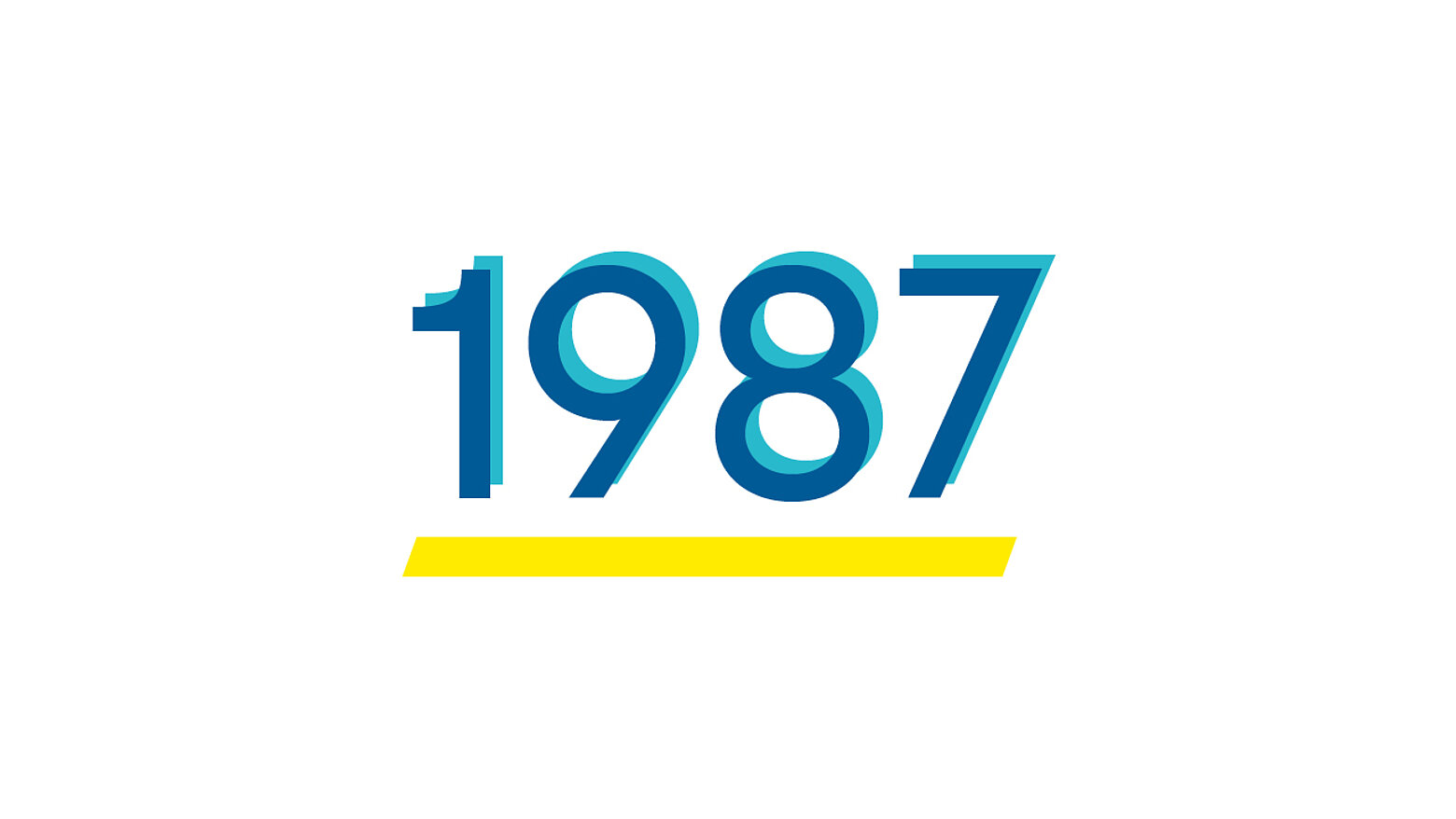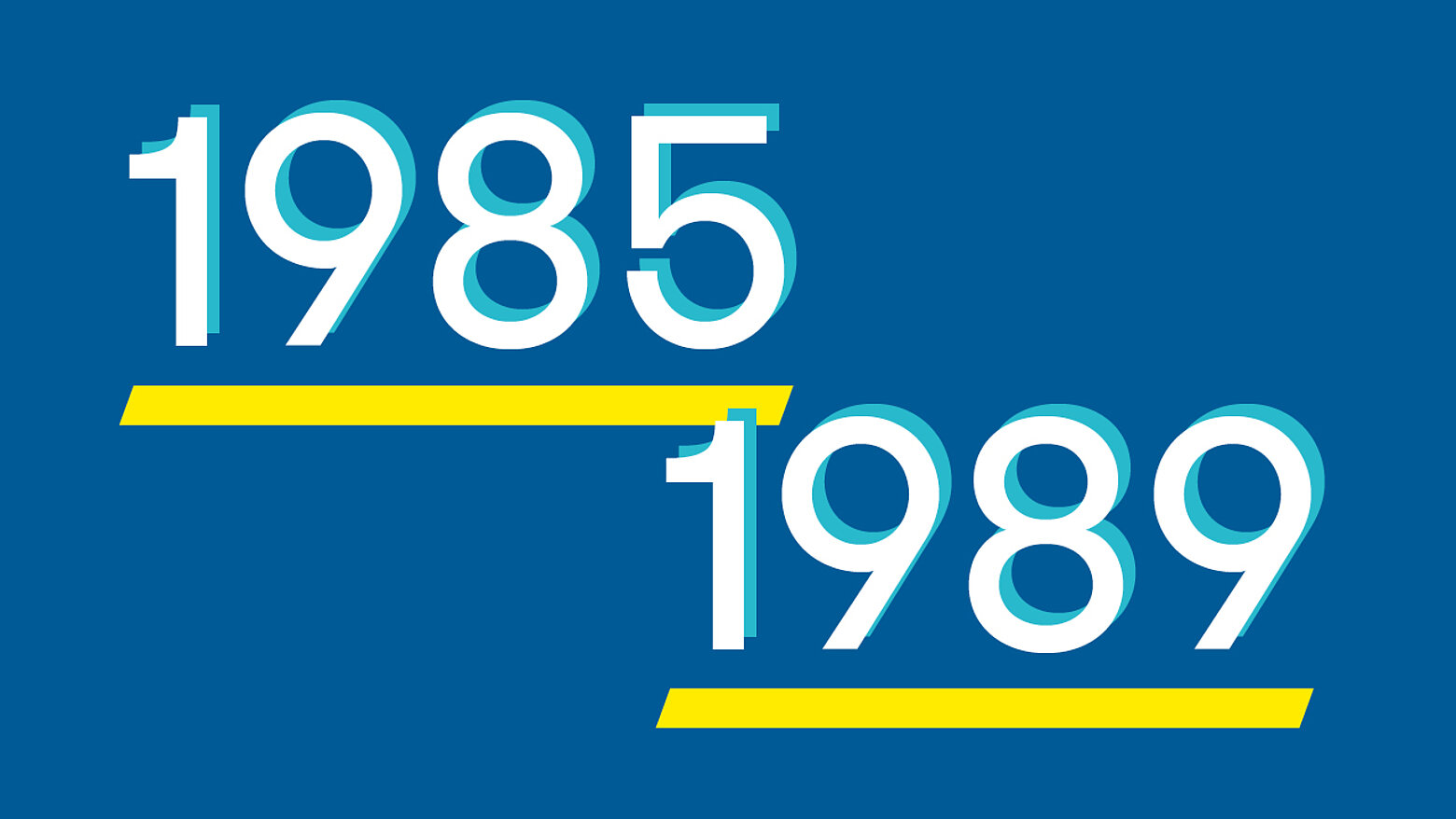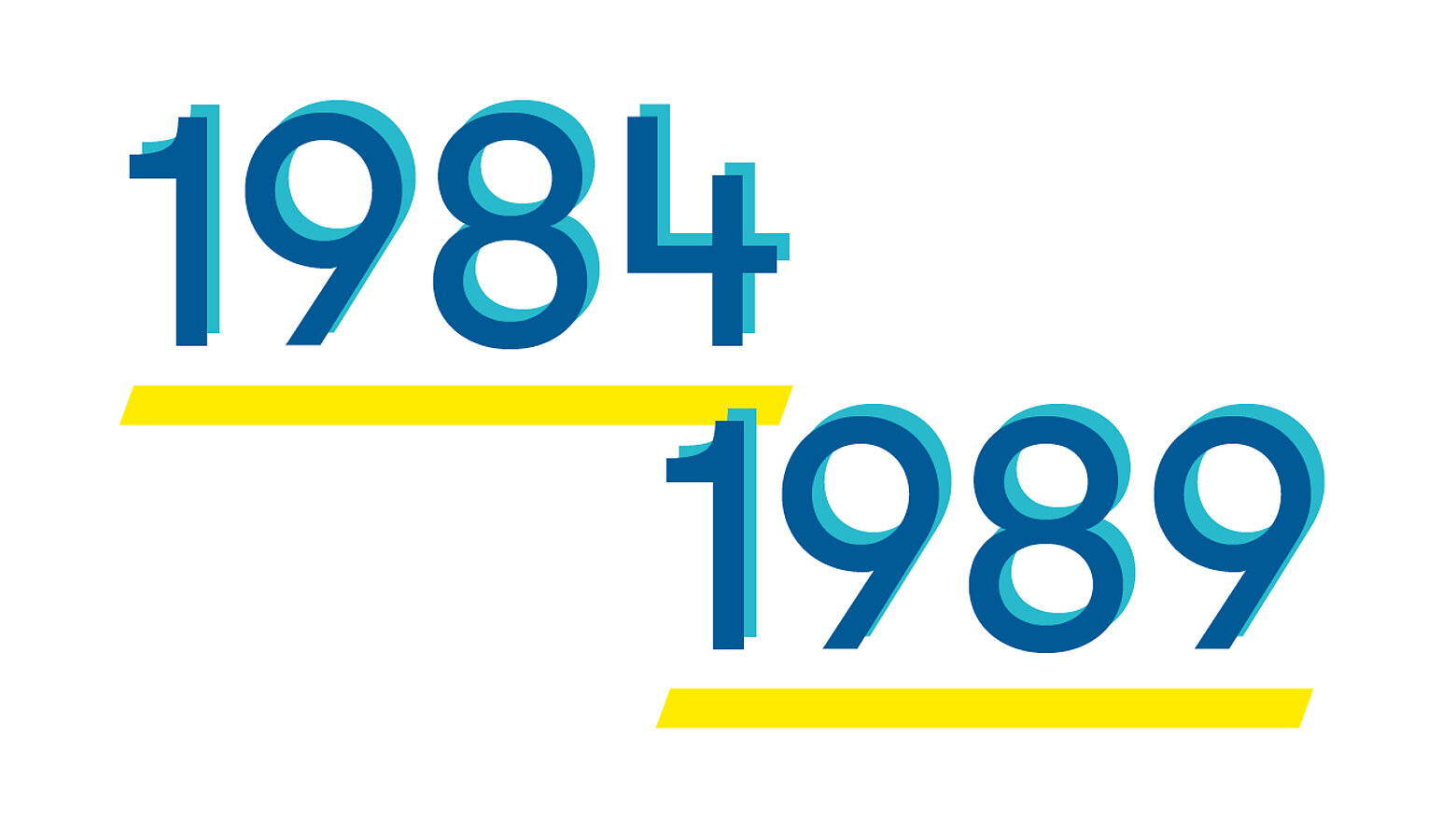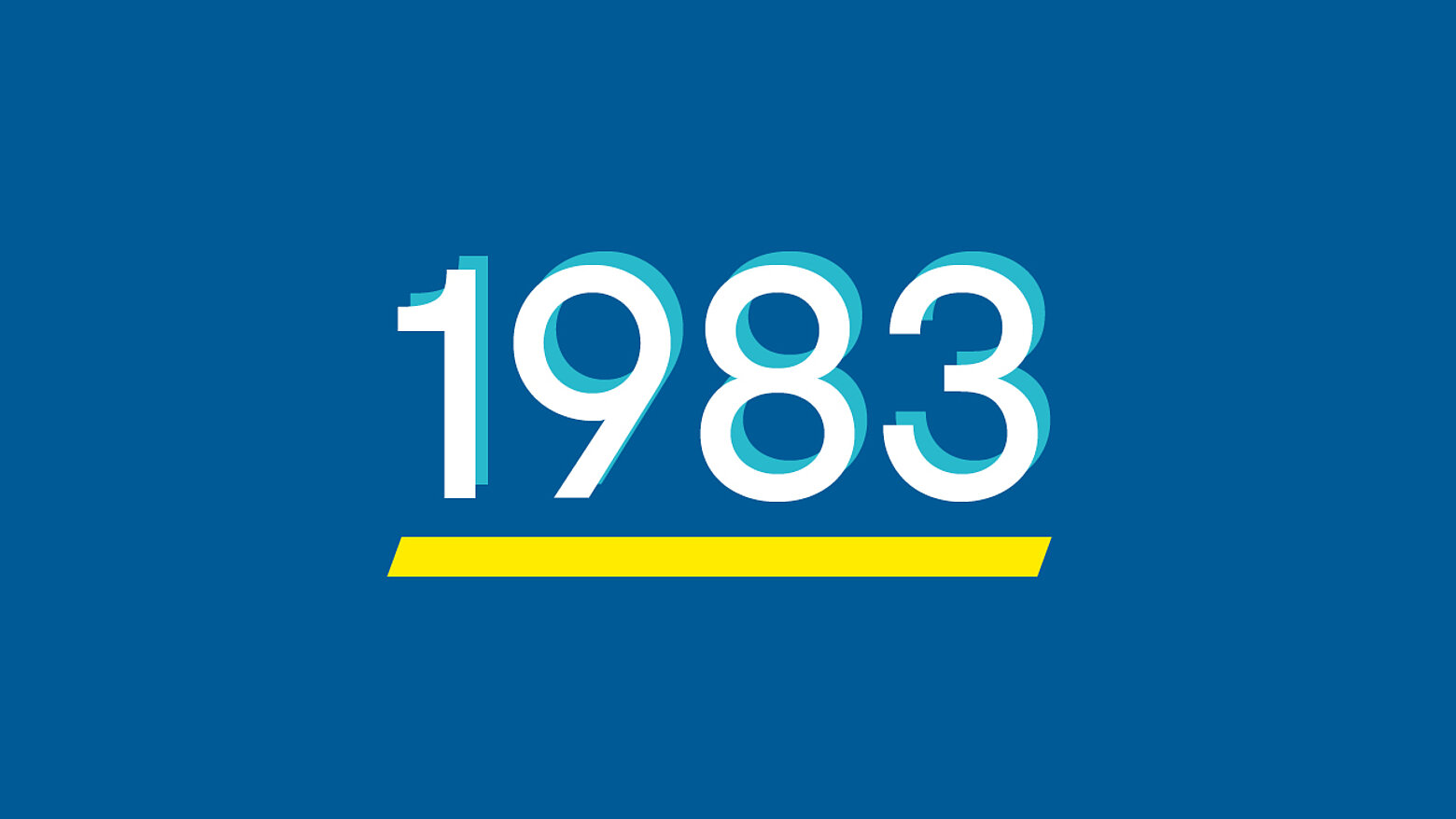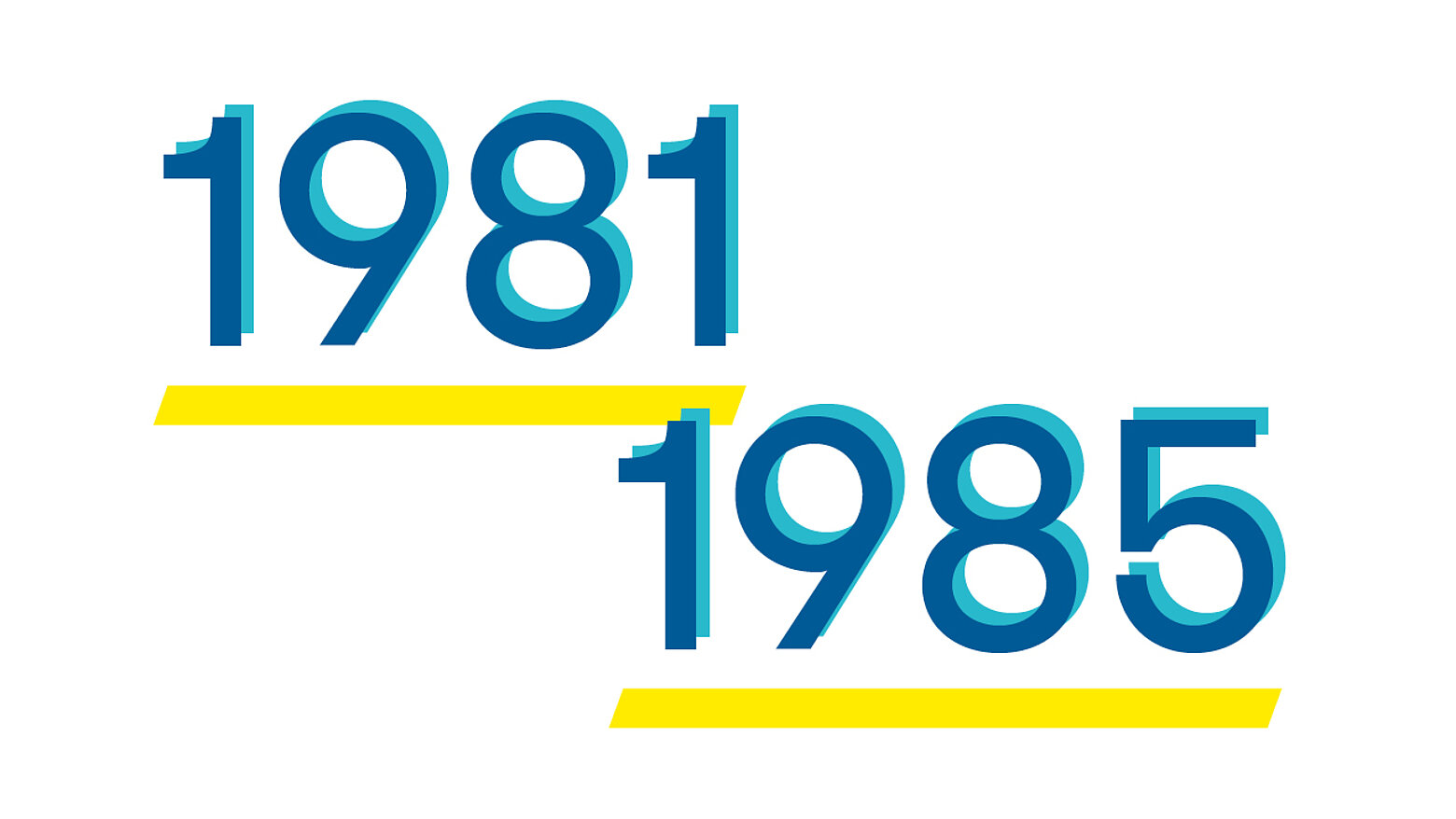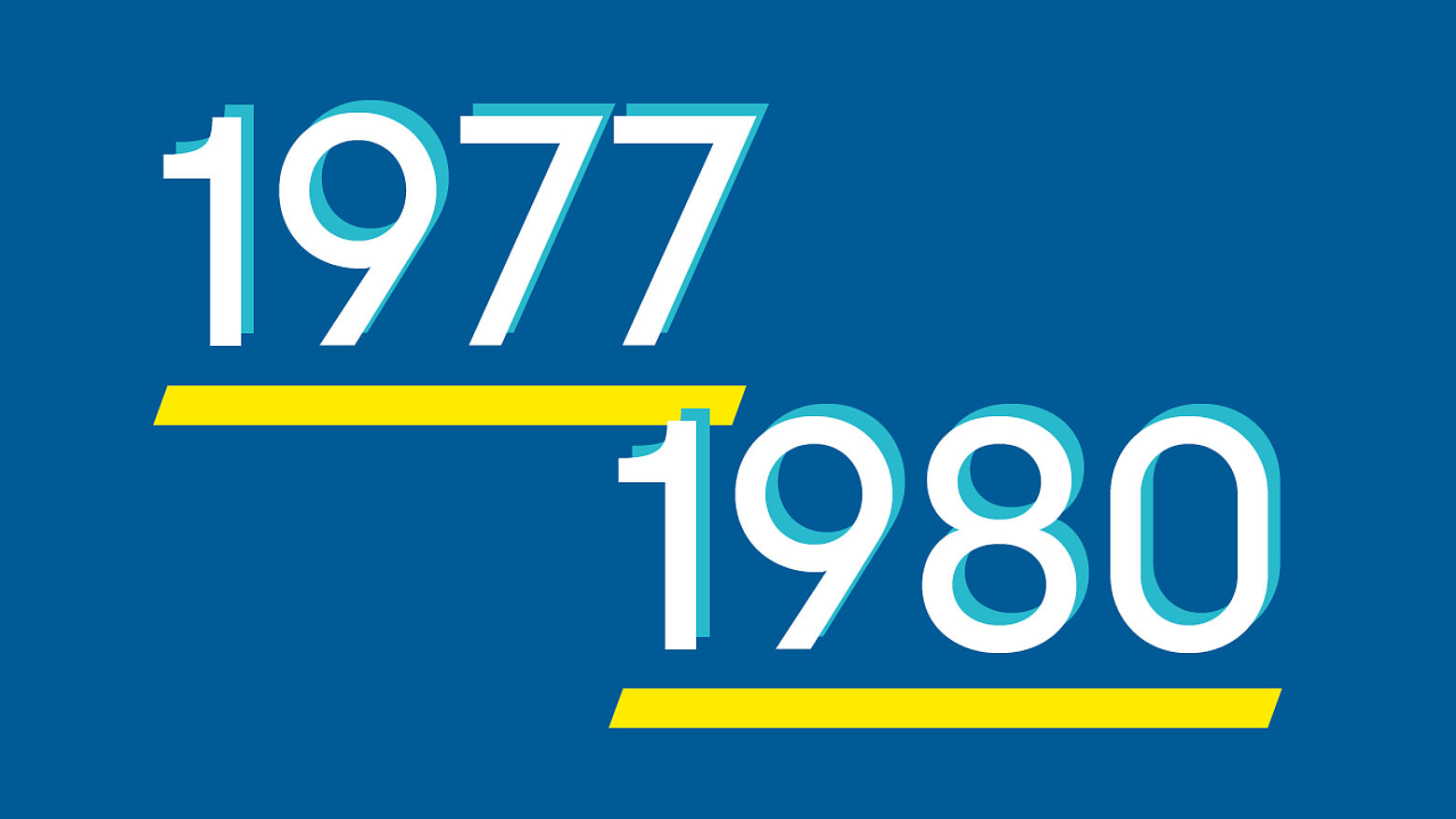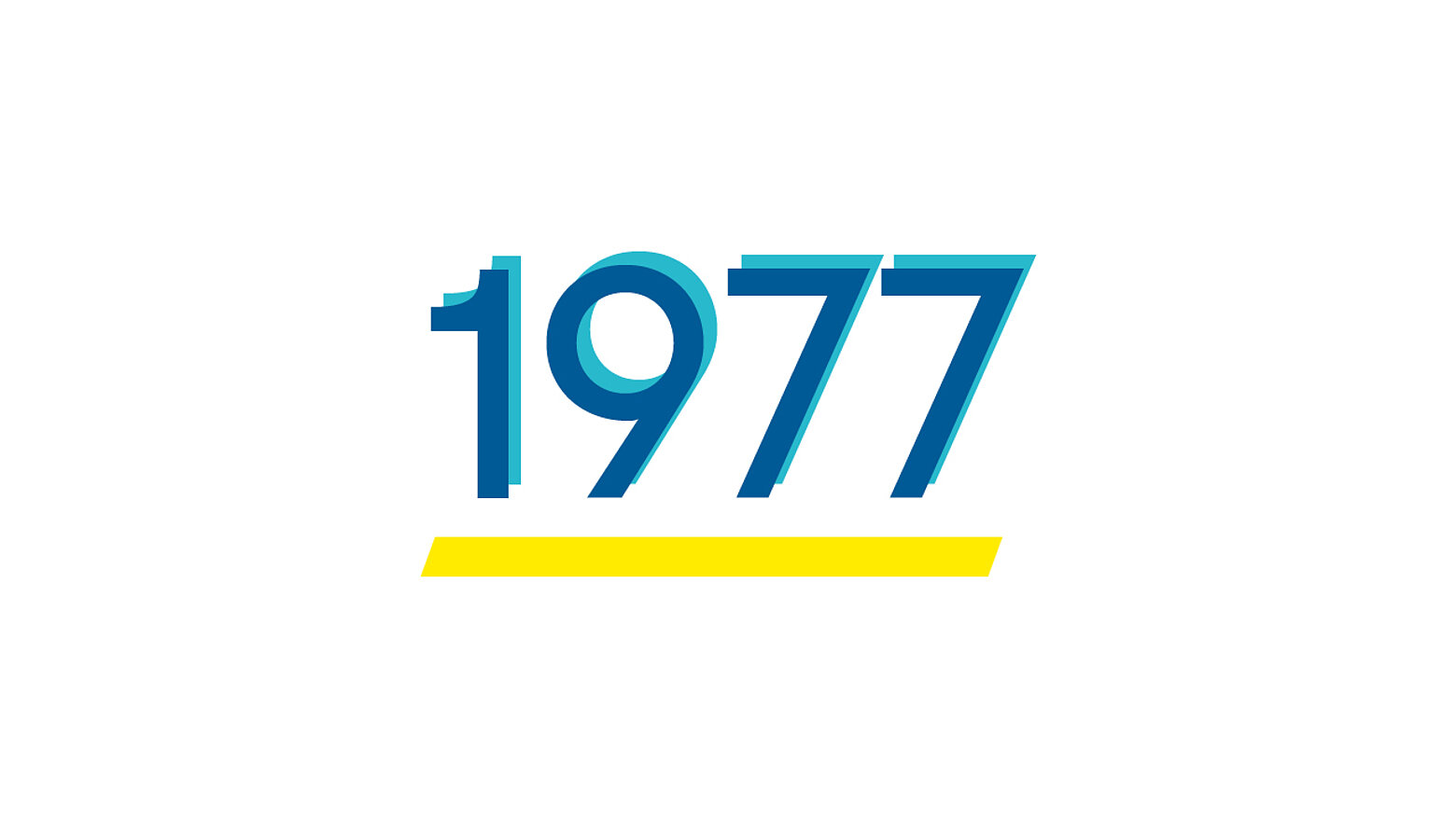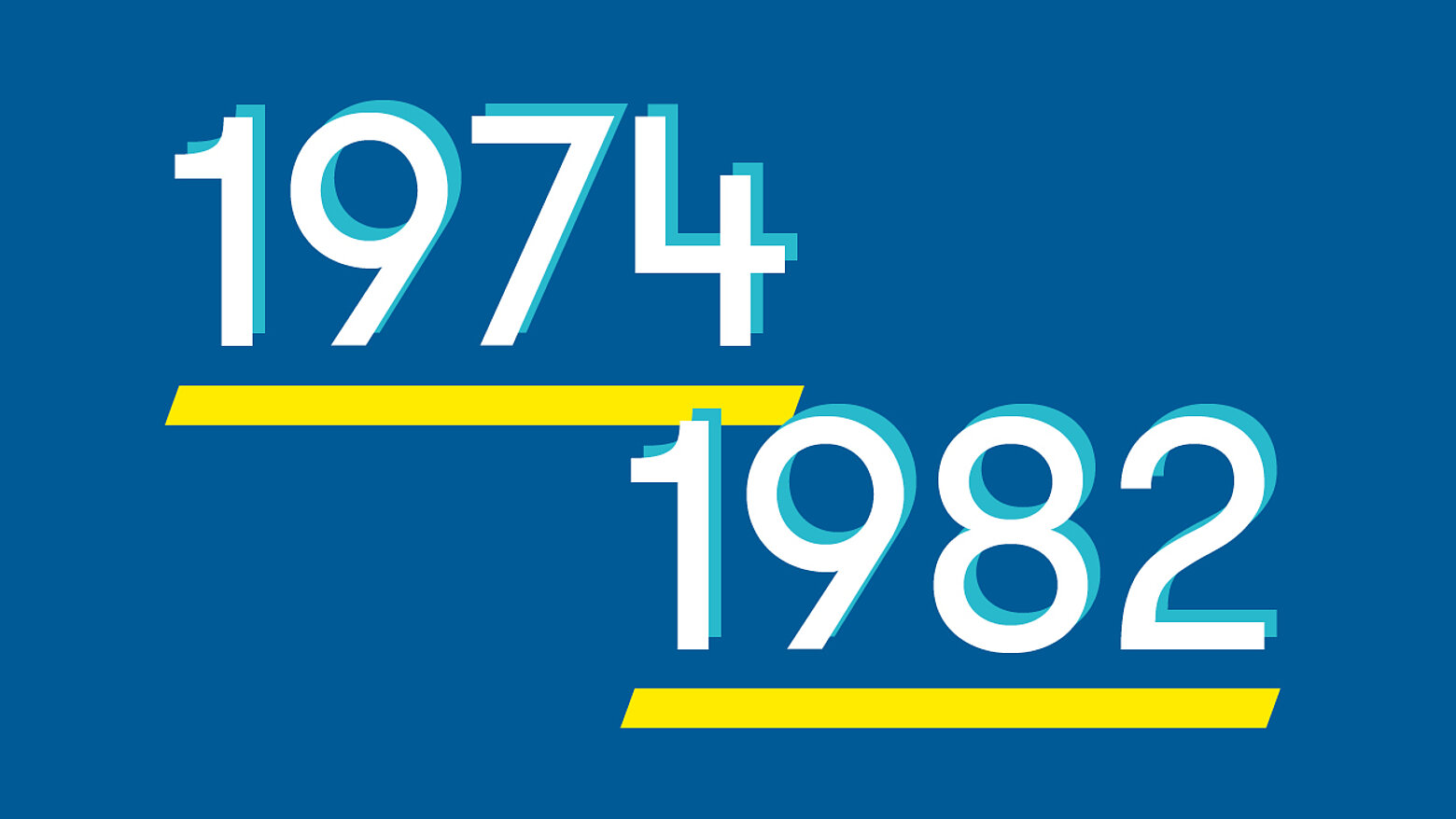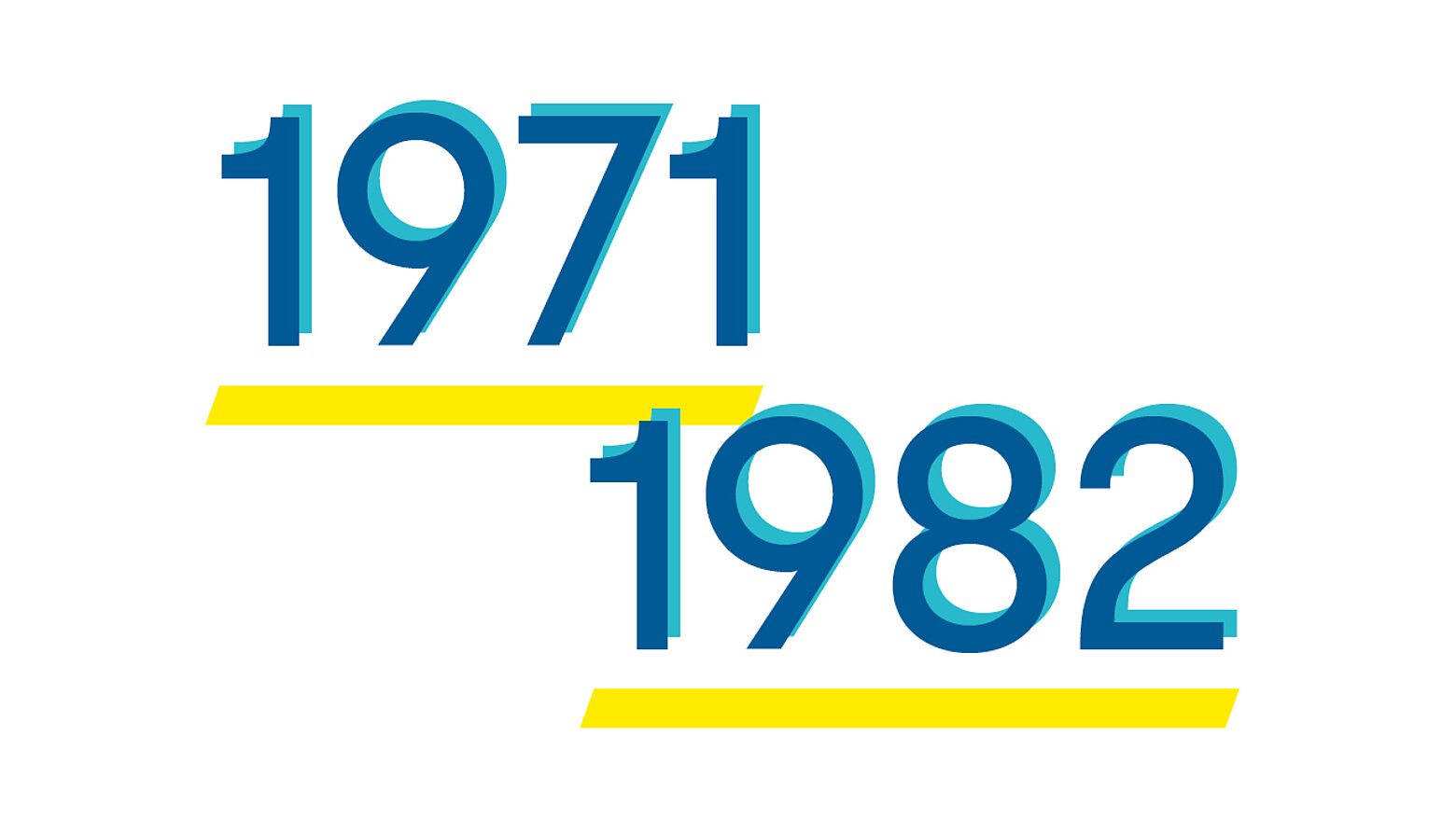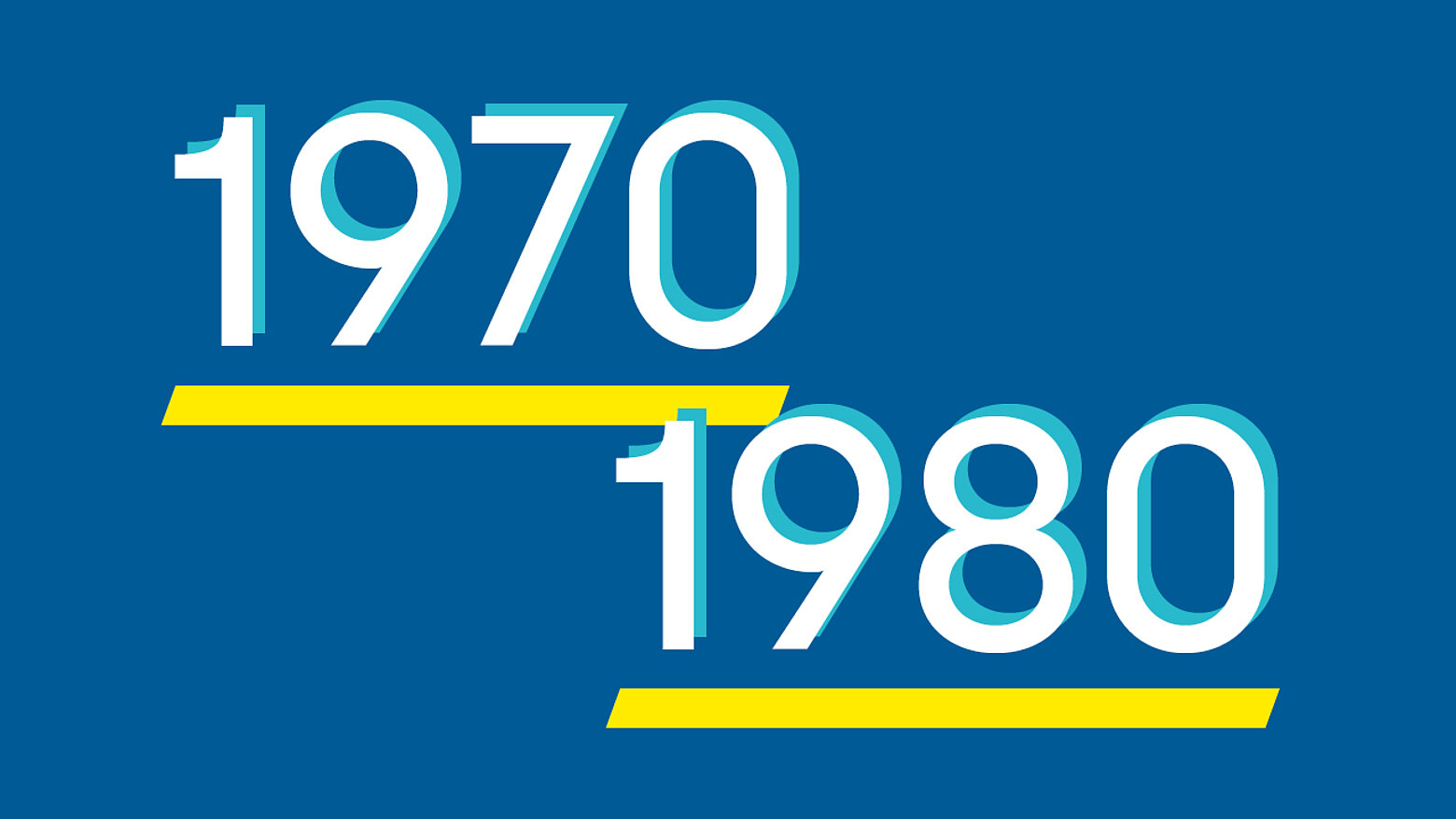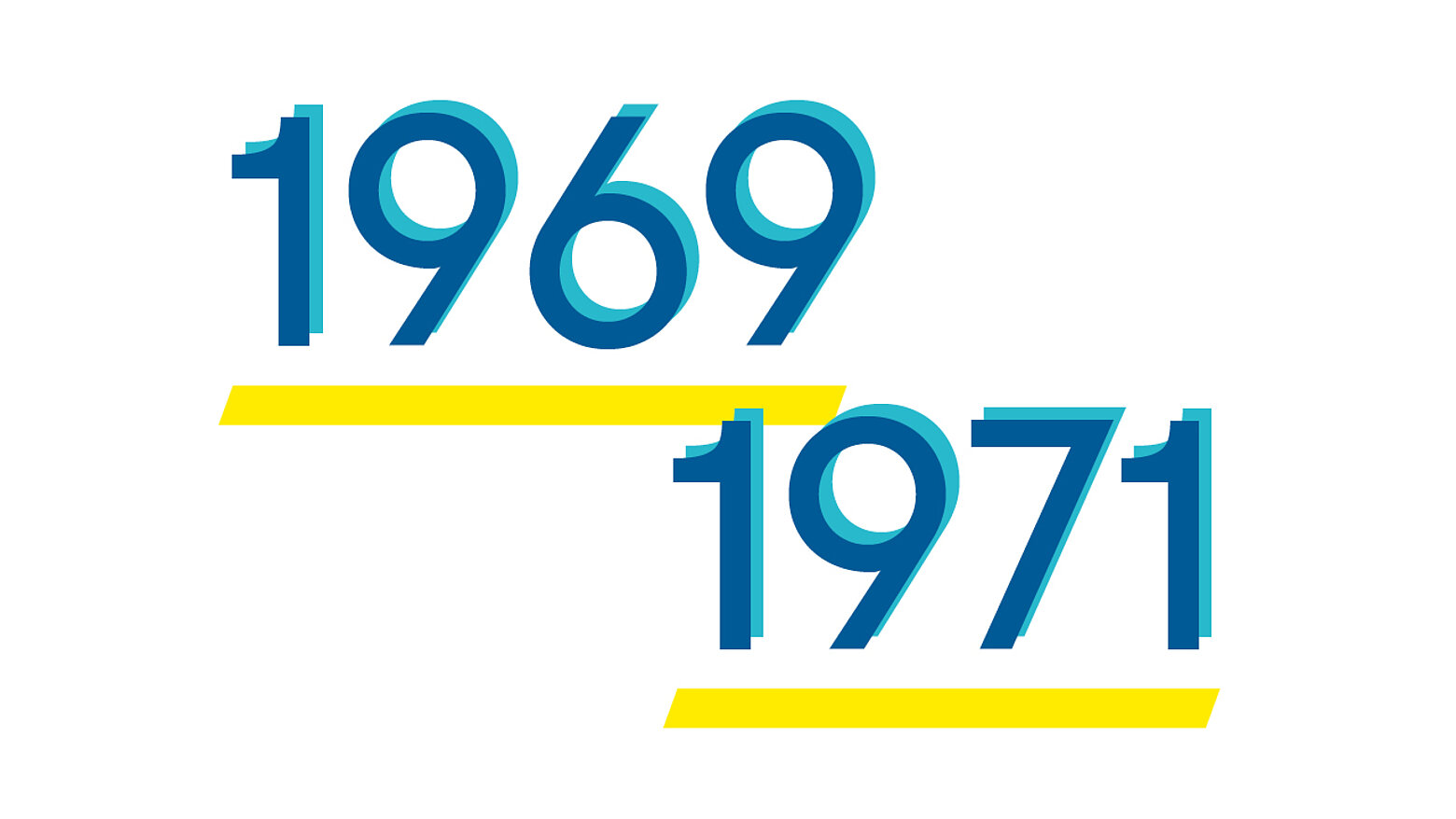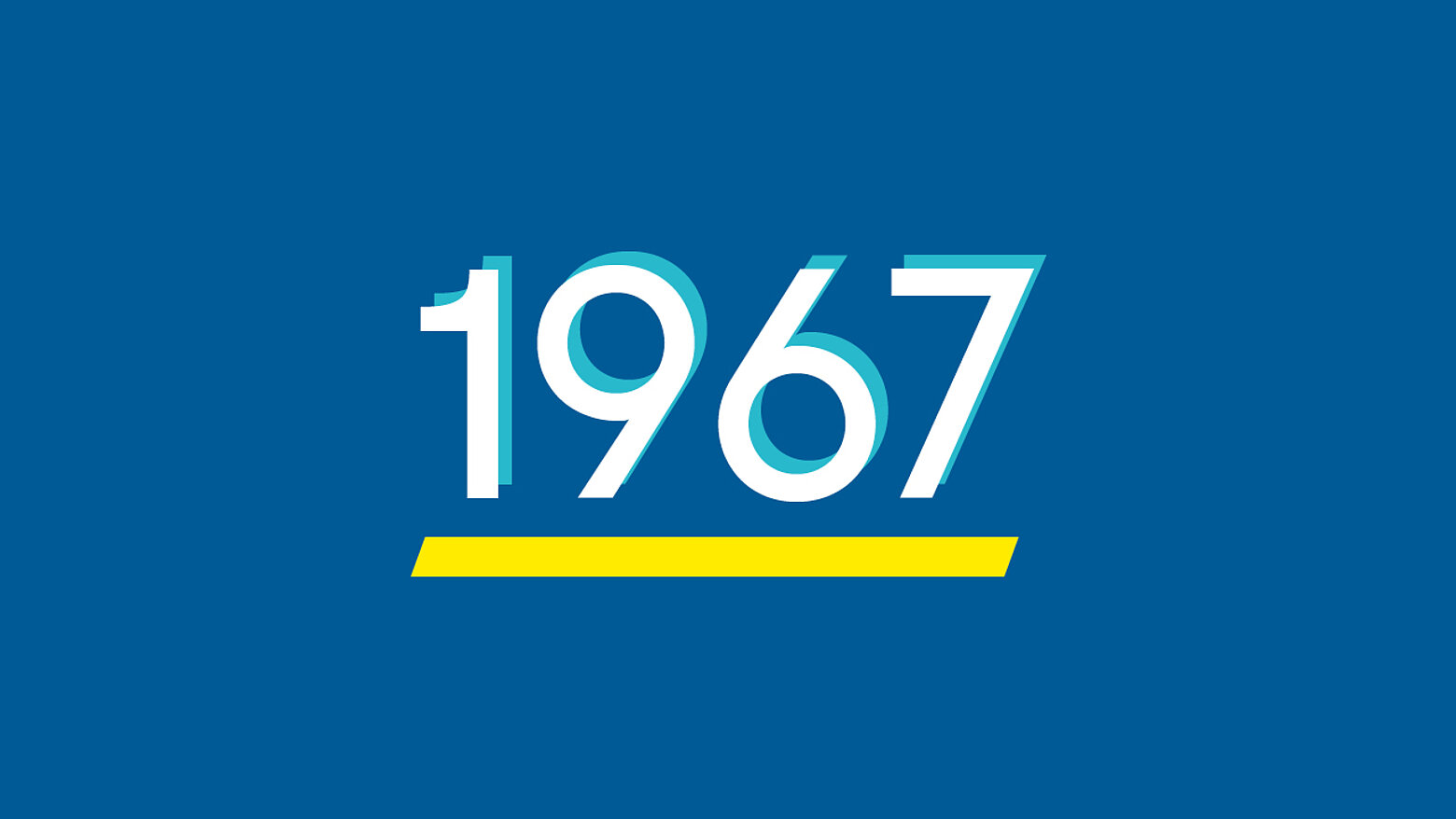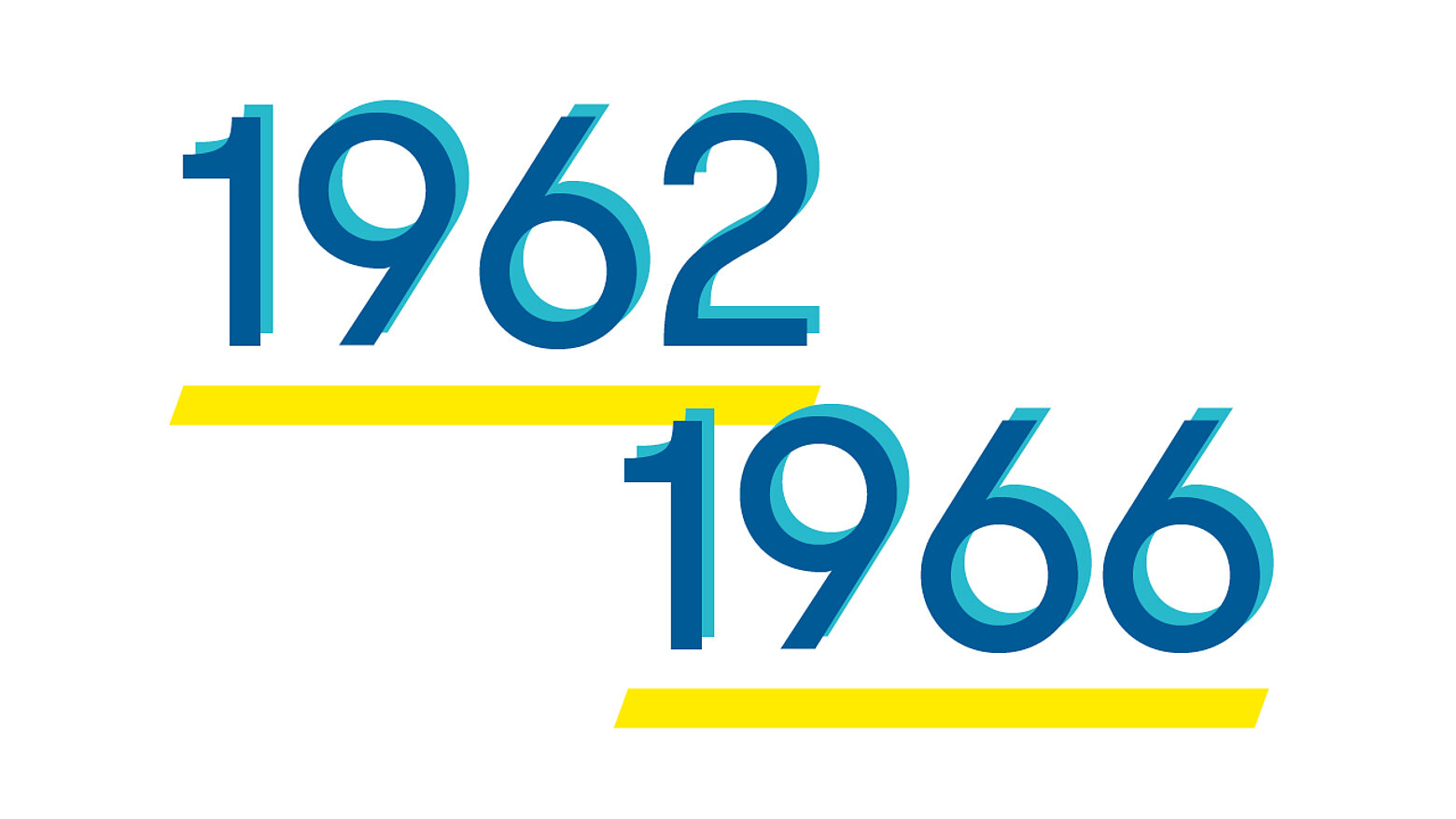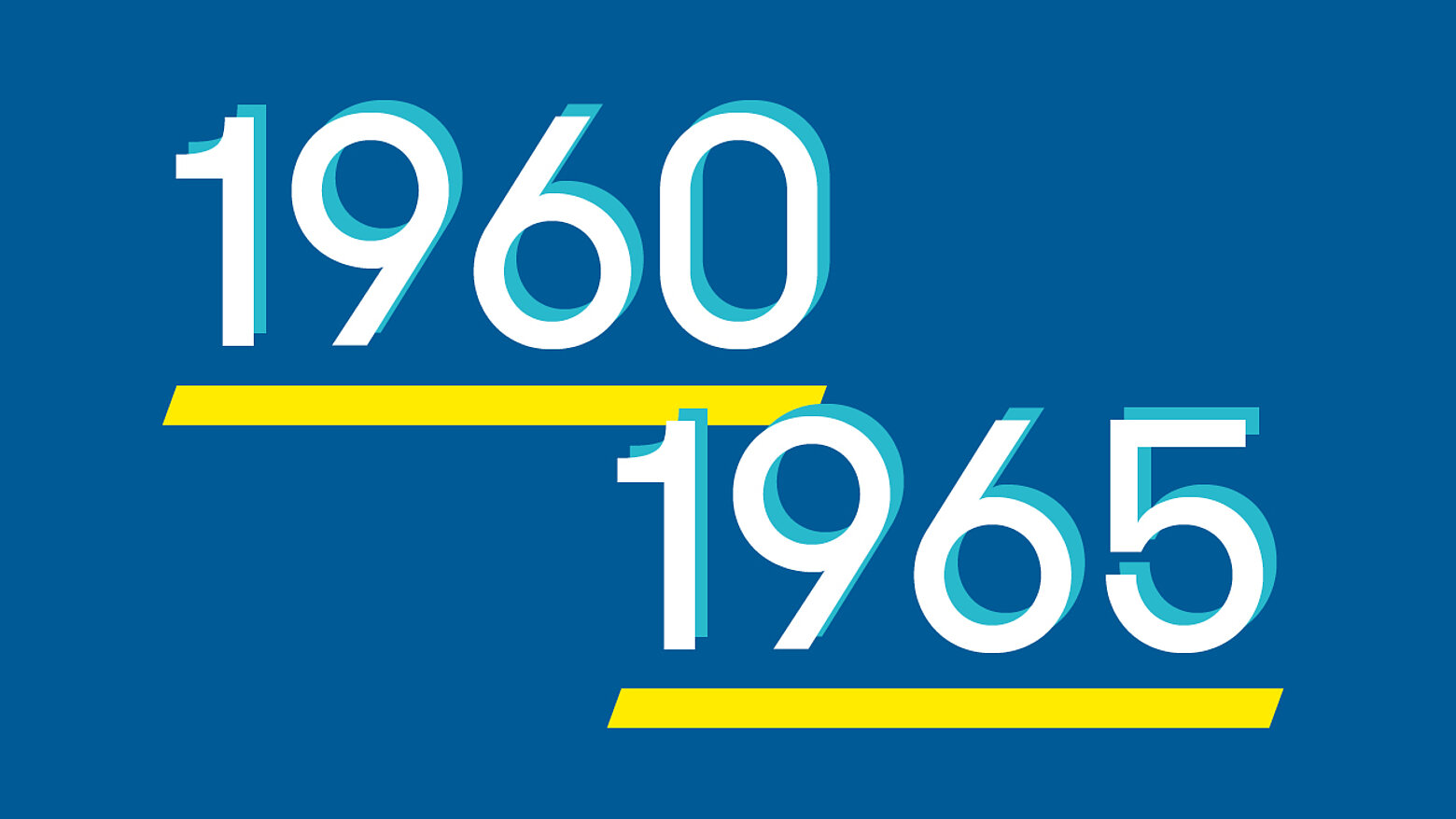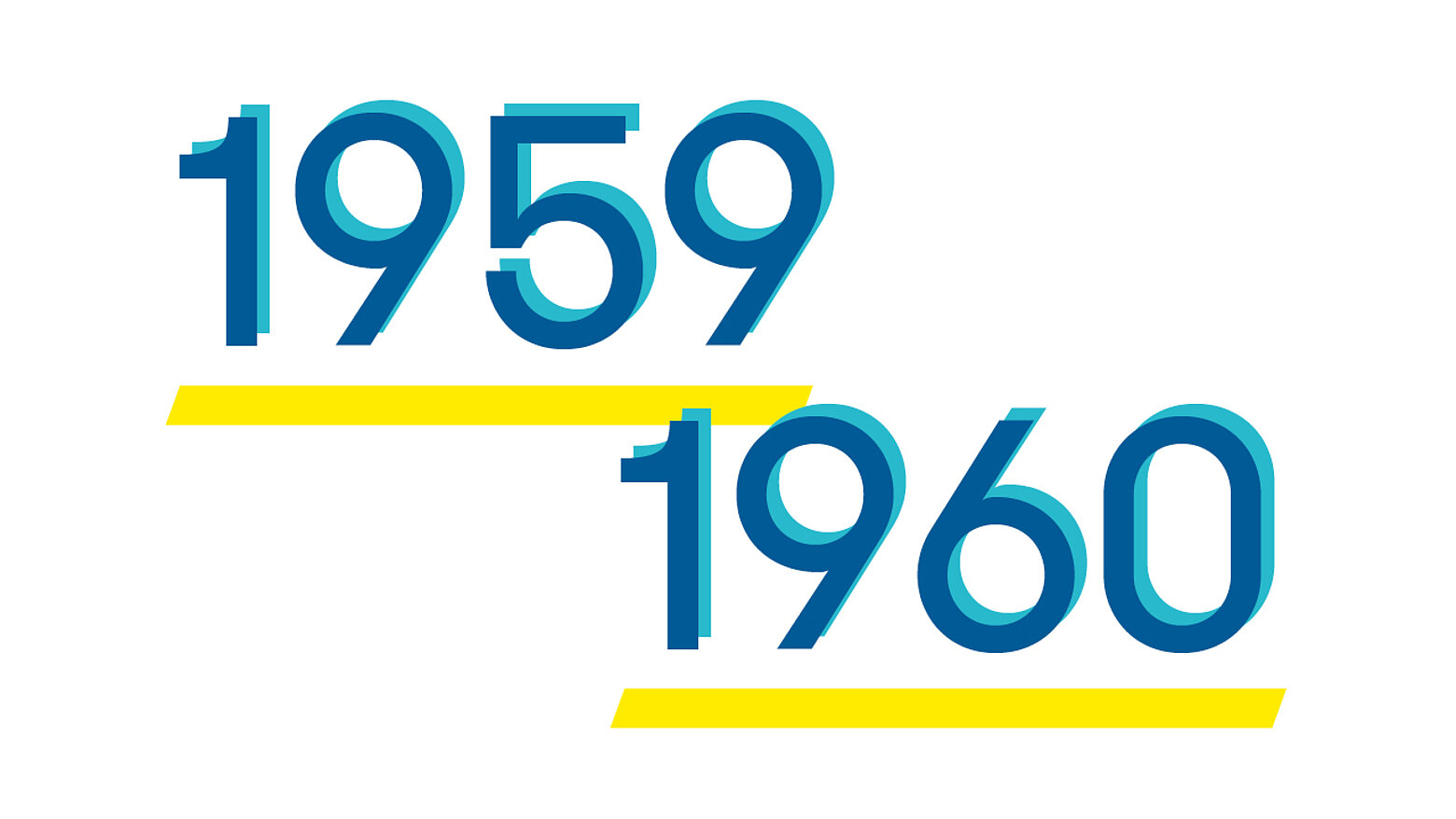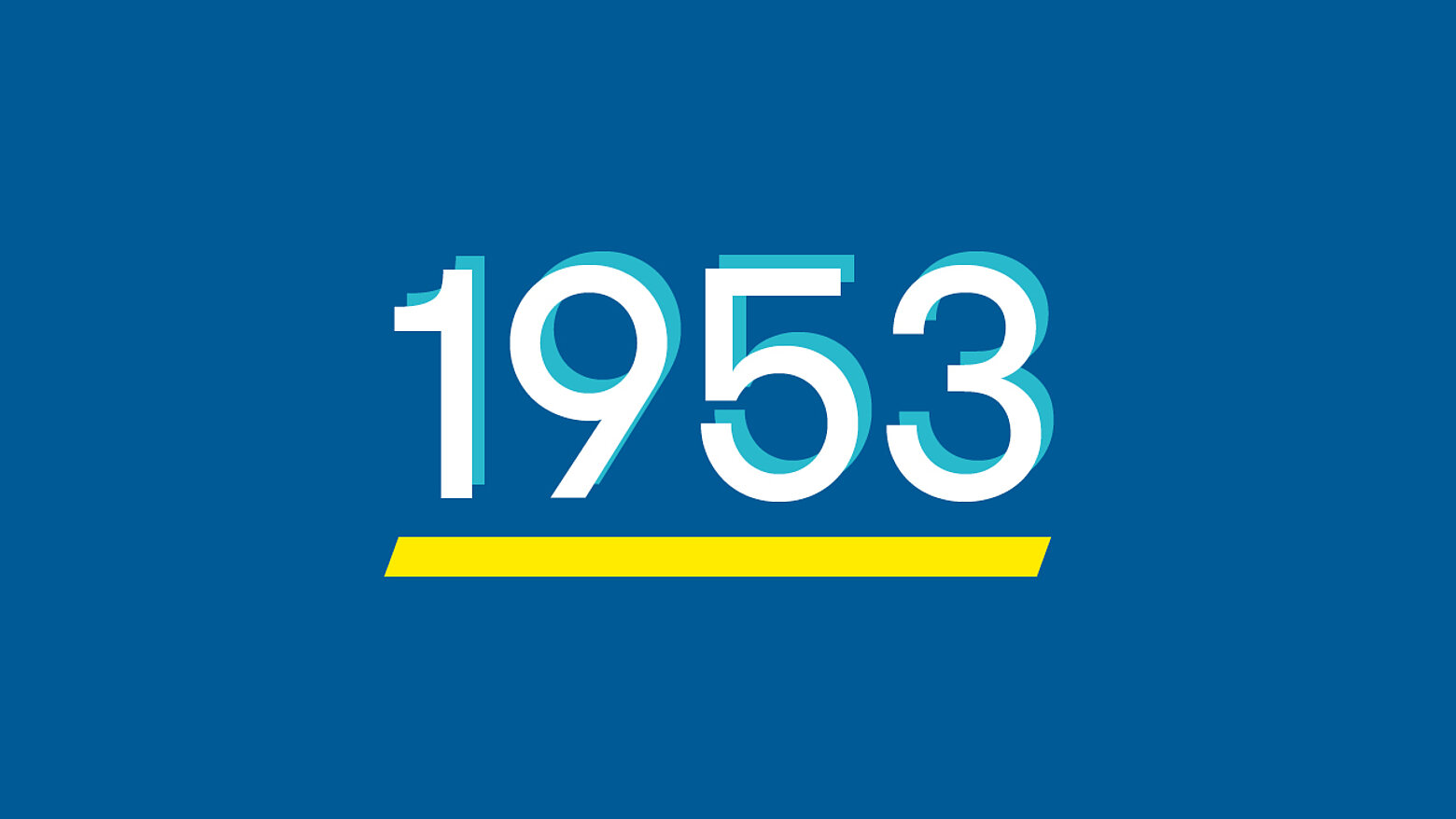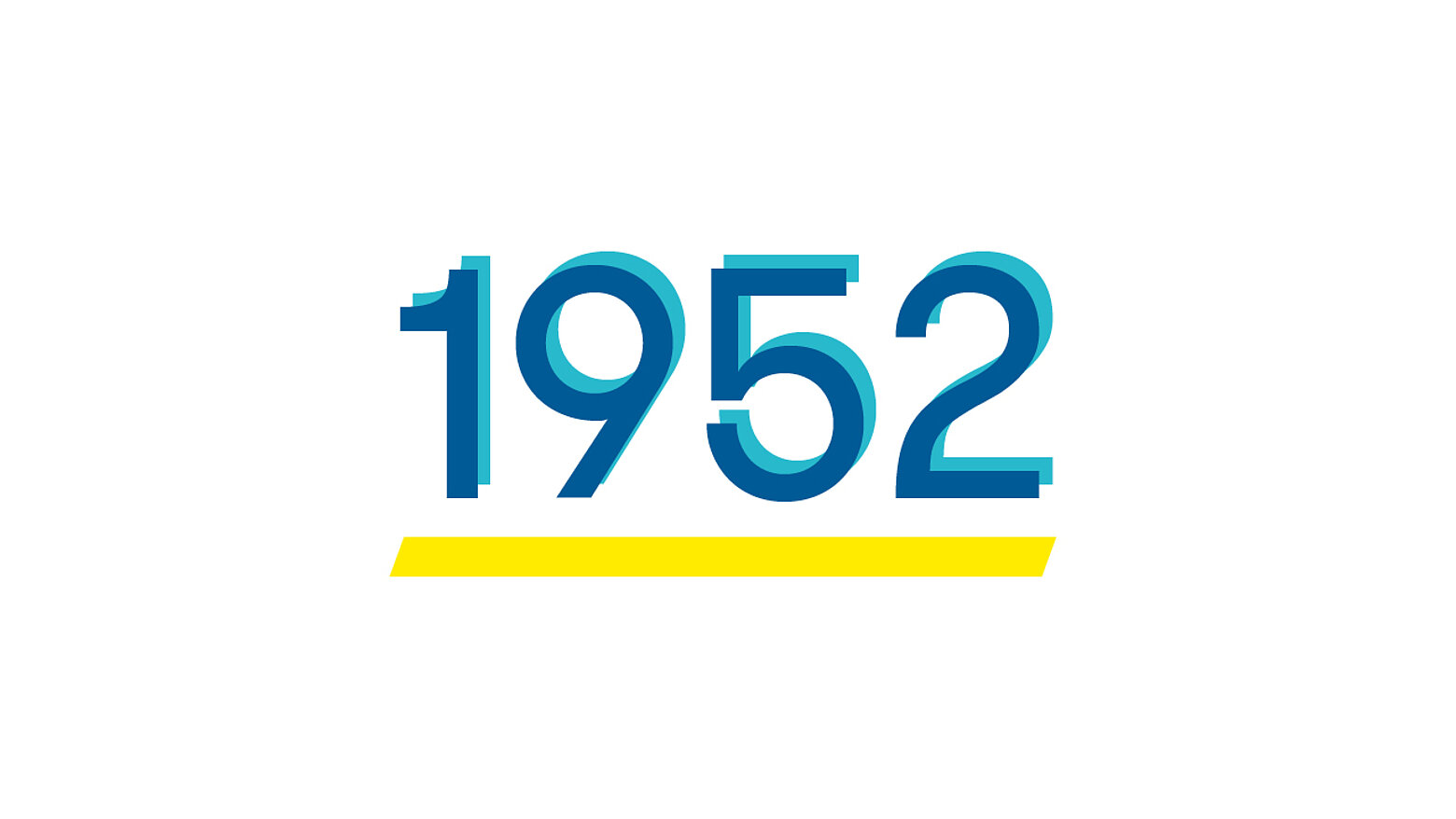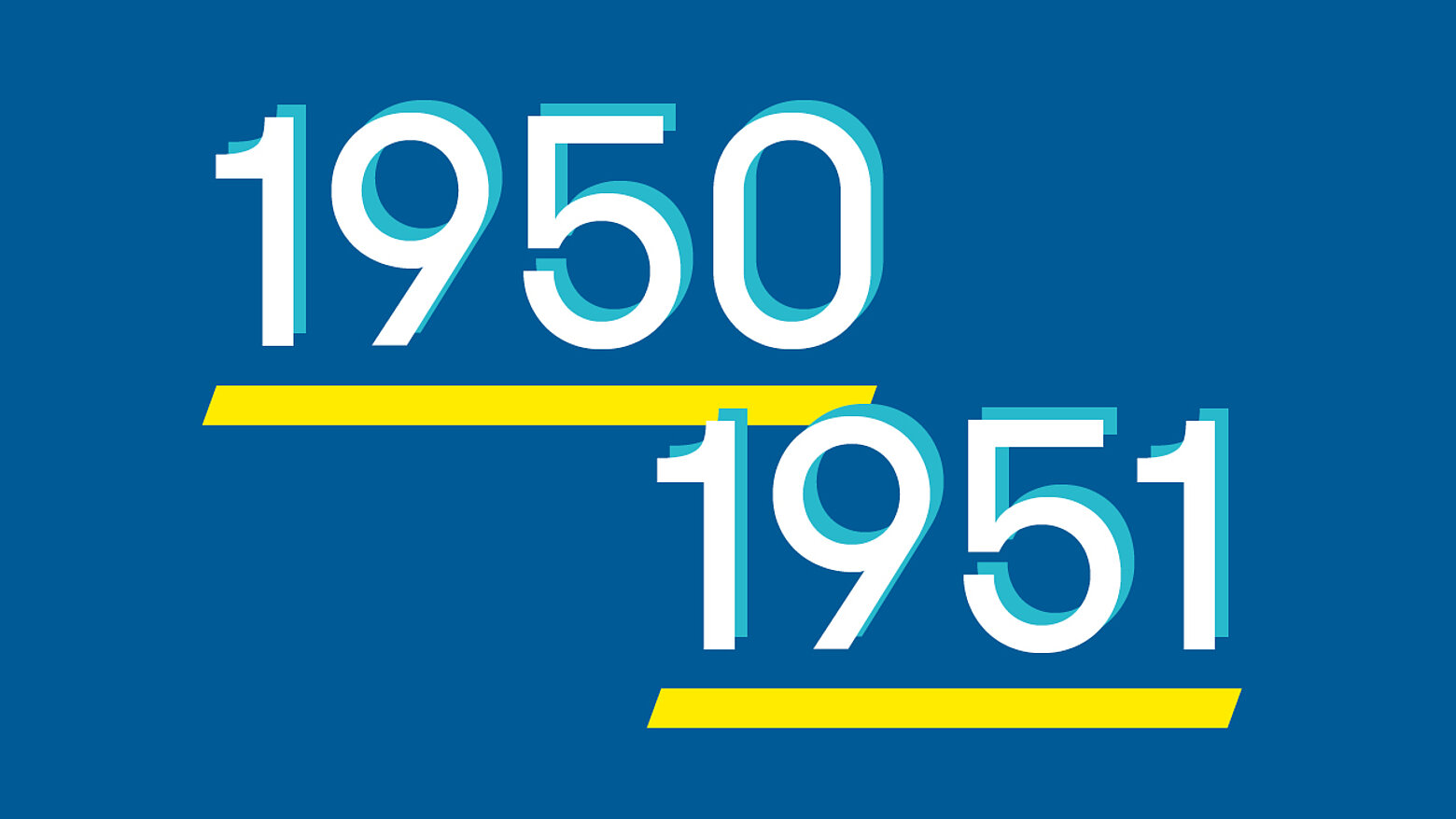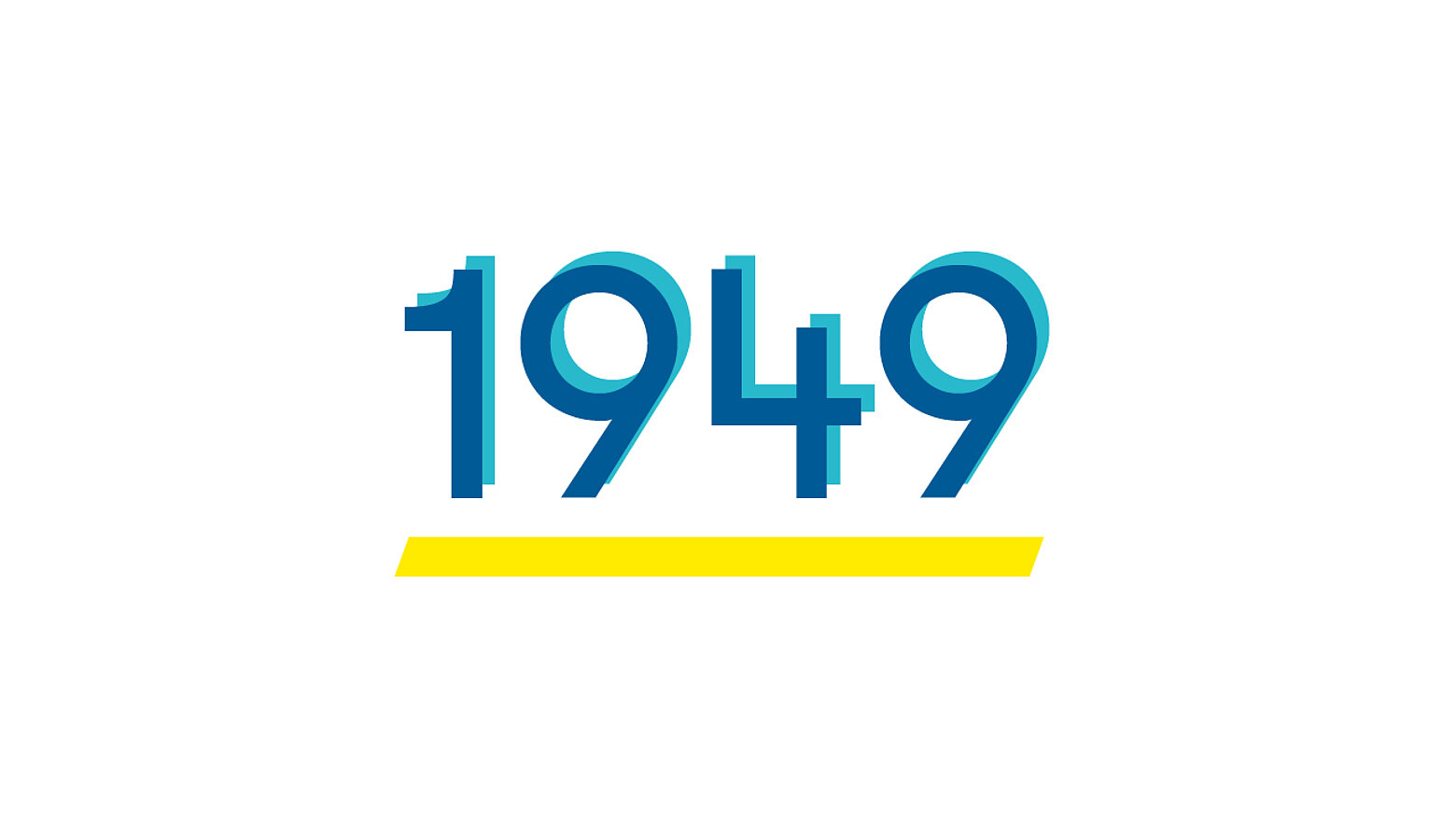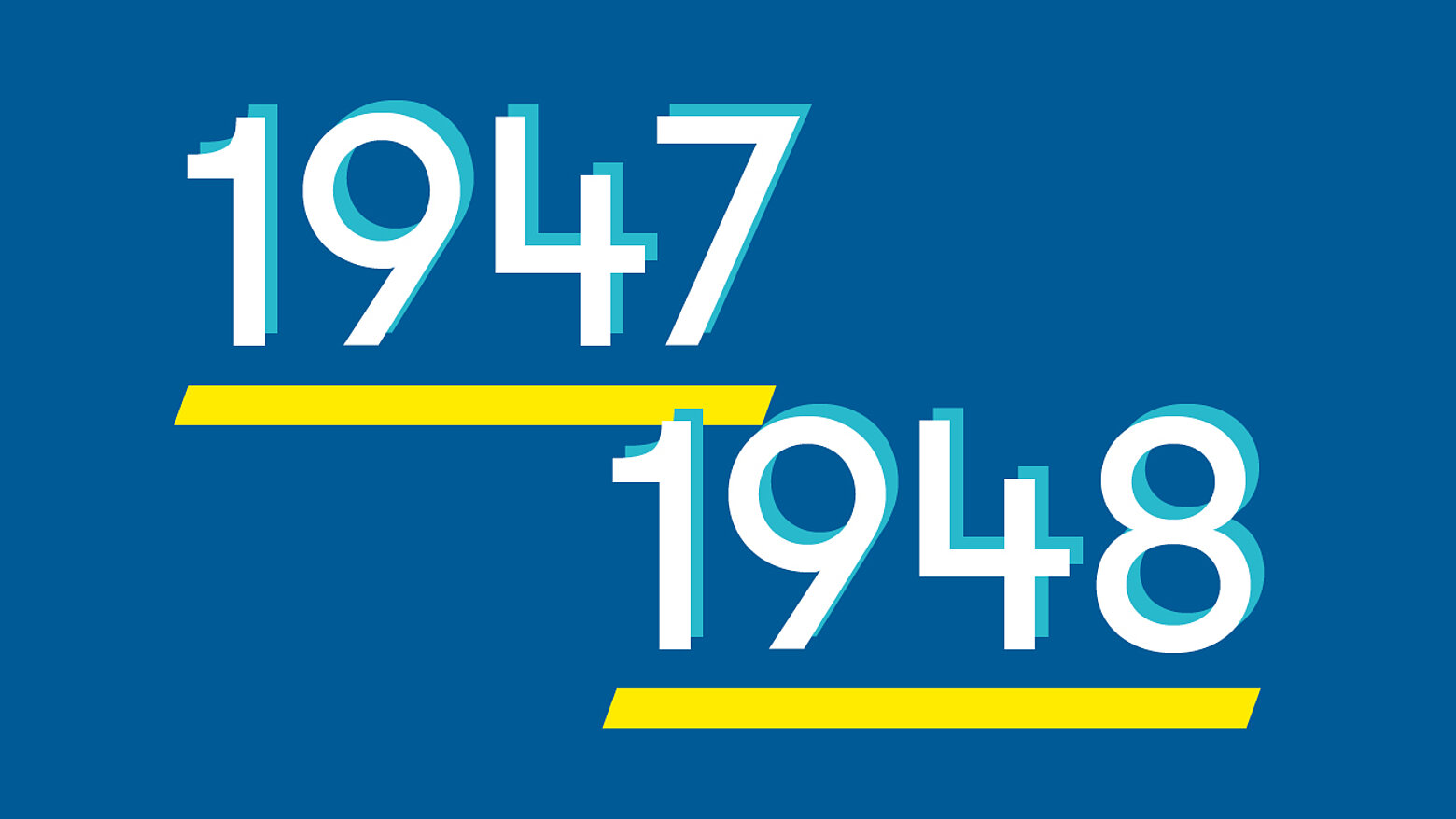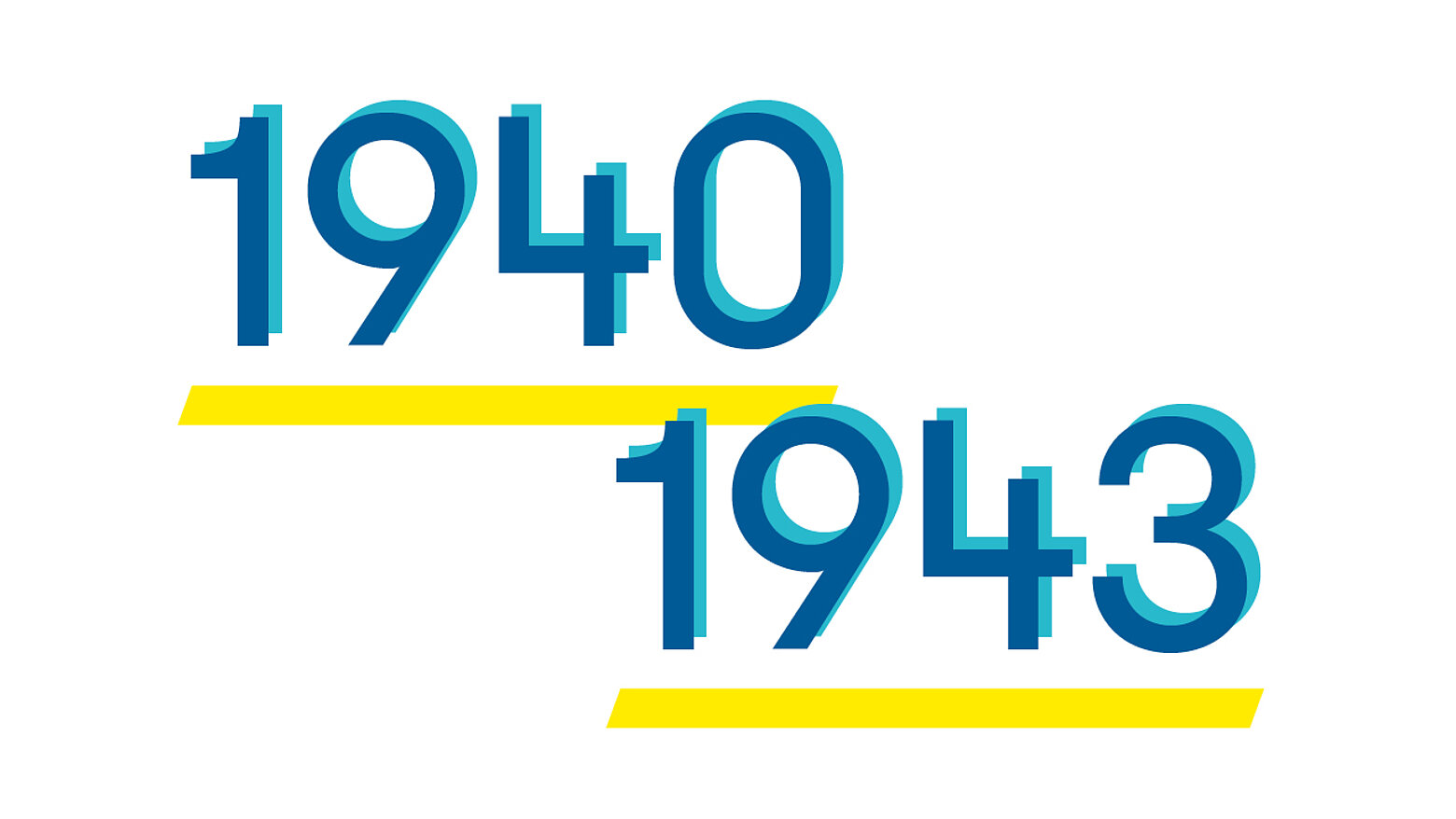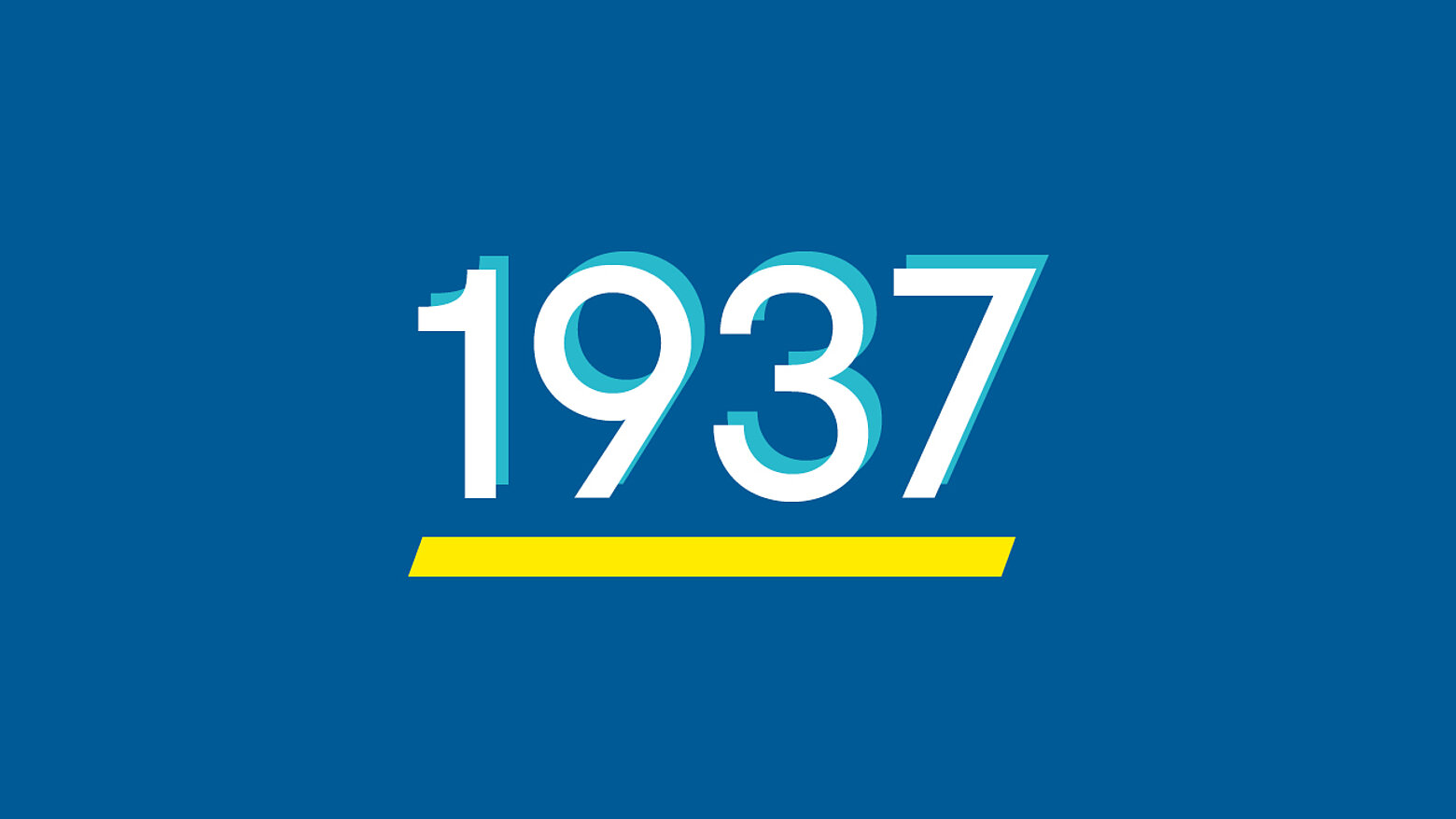STEAG and its two sub-groups STEAG Power and Iqony have been owned by Asterion Industrial Partners since 1 January. The Spanish infrastructure fund has taken over all shares in STEAG GmbH from the previous owner KSBG with effect from 31 December 2023.
With Asterion as the new owner, the Group as a whole will make an even faster and more effective contribution to a successful energy transition in Germany and Europe. With targeted investments in green technologies and energy sources such as hydrogen, battery storage, solar and wind energy as well as district heating, Iqony will grow dynamically in the future, creating new, green jobs. There are also promising prospects for the power plant teams. The existing sites will become climate-neutral and future-proof through new projects: with plants for hydrogen production or, in the future, with hydrogen-capable gas-fired power plants.
Until then, STEAG Power's power plants will make an important contribution to securing the energy supply, especially in Germany.
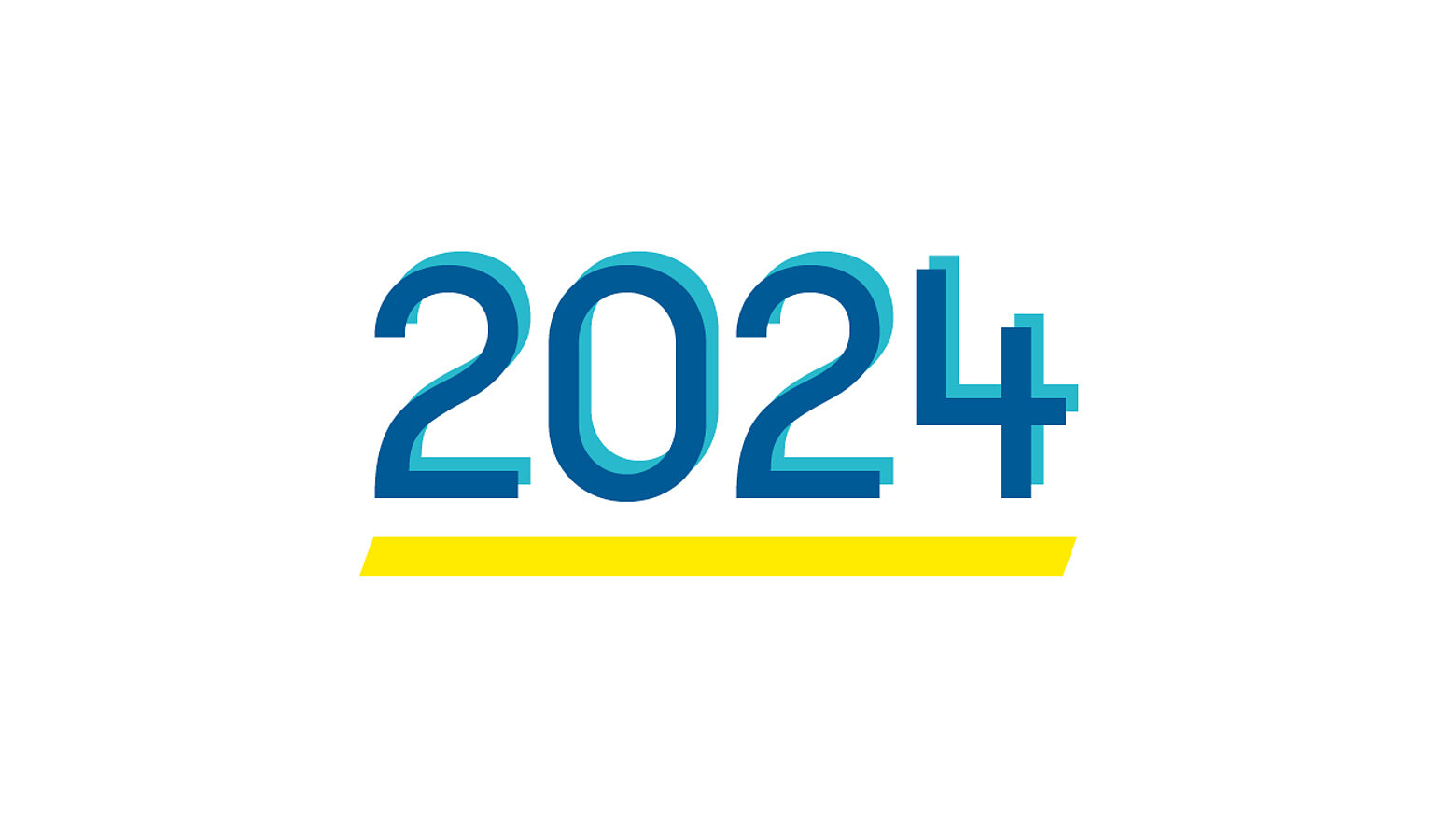
At the beginning of 2023, companies under the umbrella of STEAG GmbH as a holding company were split into two divisions: the Iqony GmbH with businesses related to renewable energies and energy services, and STEAG Power GmbH as an operator of hard coal-fired power plants. By splitting the company into two, the different requirements of the two different businesses can be better taken into account. It also makes it easier for potential investors to obtain financing, among other things, as the capital market is increasingly taking account of ecological, social standards and principles of transparent corporate governance.
In the summer, STEAG's new combined cycle power plant in Herne undergoes a successful 30-day trial run prior to the start of commercial operation. In the future, the environmentally friendly new combined cycle power plant will form the backbone of the heat supply in the Ruhr region. It can also be operated on hydrogen on a pro rata basis. thyssenkrupp Steel (tkSE) and STEAG agree to supply hydrogen from STEAG to tkSE from 2025. STEAG is thus making an important contribution to decarbonization and thus to securing Europe's biggest steel location in the long term. The hard coal-fired power plants in Bexbach and Weiher return to the market from the grid reserve at the end of October and the plants in Bergkamen and Völklingen, which are scheduled for closure, continue to operate. It is expected that the four power plants will remain in market operation until spring 2024 under the German Act on the Provision of Replacement Power Plants (EKBG). The additional combined net rated output of just under 2,500 megawatts corresponds to around four percent of the total volume of electricity generated in Germany in 2021.
As part of its portfolio measures, STEAG sells all its shares in the STEAG Power Minerals Group (SPM) to the Czech energy utility EPH. SPM is a leading European supplier of power plant by-products (especially fly ash and FGD gypsum) and provider of waste management services. STEAG Fernwärme places an order to convert the Essen-Nord and Essen-Rüttenscheid heating plants to natural gas firing, thus driving forward the decarbonization of the district heating supply. Due to strong performances, 13 industrial-technical STEAG apprentices complete their apprenticeships early. This demonstrates the success of the new STEAG training workshop, which was opened in Herne in 2020.
The coronavirus pandemic, the rapid transformation of the energy markets and the German Coal-fired Power Generation Termination Act (KVGB) passed in August, confront STEAG with major challenges. The company therefore accelerates the transformation process that it has already initiated and occupies further growth segments. For example, STEAG receives significant orders: from the petroleum company BP for decarbonization of the Gelsenkirchen-Scholven refinery site, for software solutions in China, and in the renewable energy sources sector for the construction of numerous photovoltaic plants, particularly in southern Europe. In addition, in its 60th anniversary year, STEAG Fernwärme succeeds in gaining ALDI Nord as the first major customer for environmentally friendly district heating in the expanded supply area in Essen. Construction of the new highly efficient and therefore environmentally friendly combined cycle gas turbine power plant in Herne goes ahead on schedule even in the time of the pandemic – it is currently STEAG’s most important large-scale project. Recently acquired Group subsidiary Krantz gains further customers in the fields of cleaning and energy recovery from industrial waste air. In addition, Krantz launches VIRUSProtect, a highly regarded innovation, which can be used in schools, doctors’ surgeries, public authority offices or restaurants to filter out and render harmless almost 100 percent of the SARS-CoV-2 virus pathogens present in the indoor air. The ongoing coronavirus pandemic brings about dramatic changes in working life. Thanks to its good IT infrastructure, STEAG is well prepared for increasing mobile work the need to replace face-to-face events with digital formats. STEAG makes good progress on its way to becoming a sustainable and future-proof company.
STEAG says a wistful farewell to its founding power plant in Lünen in January after an 80-year lifetime. Not long after that, the Group expands: STEAG Energy Services acquires solar technology specialist GILDEMEISTER energy solutions in July, now renamed STEAG Solar Energy Solutions or SENS for short, marking STEAG’s entry into the photovoltaics market. STEAG Fernwärme and its partner, the municipal utilities company Stadtwerke Essen, start civil works for the major “eastern route” project, a six kilometer long district heating pipeline network being developed in the eastern districts of Essen to provide climate-friendly heating for up to 20,000 households. STEAG develops a tailored and efficient energy concept for the oil refinery in Gelsenkirchen-Scholven on behalf of the oil company BP. Building work gets underway in November. This major contract has a project volume in the three-digit million euro range.
At the beginning of the year, STEAG Energy Services acquires the long-established Aachen-based company Krantz, bringing the Group outstanding expertise in the development, design, manufacturing and marketing of technically sophisticated airflow, heating, cooling and cleanroom systems. STEAG New Energies supplies power and steam to the main site of Erfurt & Sohn, the world’s leading manufacturer of paintable wall coverings. A ten-year supply contract is agreed. In August 2018, STEAG’s Herne power plant becomes one of Germany’s largest billboards: the STEAG message “Securing energy supply. Now and in the future.” is emblazoned on the boilerhouse over an area of 32 x 48.6 meters. At its power plant site in Völklingen-Fenne, STEAG puts the electrode boiler enabling new flexibility in the electricity system into operation. STEAG Energy Services is awarded a contract to dismantle the core internals of the reactor pressure vessel at the Mühleberg nuclear power plant in Switzerland.
At the beginning of the year, recently founded STEAG Waste to Energy GmbH takes over from energy supplier Vattenfall all shares in the Lauta thermal waste treatment plant in Saxony and the Rüdersdorf industrial power plant in Brandenburg. With these acquisitions STEAG re-enters the waste incineration market. STEAG New Energies implements an energy center with five combined heat and power units (CHP) at the Ford works in Saarlouis and hands over a combined heat and power plant to the Karlsberg Brewery in Homburg. And in Darmstadt, construction of the new energy center for the Technical University begins. As part of its portfolio management STEAG sells the Saarland electricity grid, disposes of the STEAG district heating network in Bonn and sells shares in the Fernwärmeversorgung Niederrhein district heating network. In addition, MEAG, the asset manager of the insurers Munich Re and ERGO, acquires a minority stake in STEAG Fernwärme. STEAG announces plans for the construction of a gas-fired combined heat and power plant in Herne. The final investment decision will be made in 2019.
In 2016, STEAG's first large-scale battery systems go into operation to compensate for power fluctuations in the grid. The systems are to be installed at the premises of the Bexbach, Duisburg-Walsum, Fenne, Herne, Lünen and Weiher power plants. The photocatalytic concrete additive Photoment® is awarded the European Green Tech Award in the category “Urbanization”. Through STEAG New Energies (SNE), STEAG takes over or invests in three new sustainable wind farm projects with a total of twelve wind turbines in Klosterkumpd and Rayerschied in the Hunsrück region, and in Schöneseiffen in the Eifel region.
STEAG Fernwärme, Energieversorgung Oberhausen and Fernwärmeversorgung Niederrhein establish a joint project company to link the district heating networks on the Rhine and Ruhr. Within the scope of the InnovationCity Ruhr | Modellstadt Bottrop project, the photocatalytic concrete additive Photoment®, produced by STEAG Power Minerals, is successfully used for air purification on a test section of a street.
STEAG Energy Services takes on the O&M management of the Morupule B power plant in Botswana. A STEAG wind farm is connected to the grid in Crucea, Romania. A further wind farm in Ullersdorf (Brandenburg) starts operation. Successful completion of a research project: The large-scale battery storage system Lithium Electricity Storage System, LESSY for short, goes into commercial operation at the Völklingen-Fenne power plant. STEAG becomes the sole owner of the Bexbach power plant in the Saarland by taking over EnBW's shares in the plant.
STEAG acquires a share in the concentrated solar power (CSP) plant Arenales in Spain. STEAG New Energies invests in wind power projects in Lorraine, France. In 2013, STEAG Technischer Service GmbH starts operations. The subsidiary plans and performs all technical services required for safe operation of plants and networks. Unit 10 of the Duisburg-Walsum power plant is put into operation.
Growth in a challenging environment
Backed by its new shareholder structure, STEAG sets about making necessary changes. STEAG’s business environment in Germany has changed fundamentally as a result of the realignment of energy policy, particularly with regard to electricity generation in large conventional power plants. STEAG therefore focuses on consistently developing its technical know-how further and converting it into service offers in the areas of project planning and design as well as implementation, O&M management, distributed generation business, renewable energies, especially wind onshore and services.
A consortium of the Bochum, Dinslaken, Dortmund, Duisburg, Essen and Oberhausen municipal utilities acquires 51 percent of Evonik-STEAG's shares from the Evonik Group. Under the new majority shareholder Kommunale Beteiligungsgesellschaft mbH & Co. KG (KSBG), the company changes its name back to STEAG GmbH. At the same time, all subsidiaries are renamed. In 2014, KSBG finally becomes the sole shareholder of STEAG.
The RAG Foundation is established in 2007. This foundation is to manage the socially responsible phase-out of the German hard coal mining industry by 2018 and, in the long term, to finance the long-term liabilities resulting from the closure of German mines. For this purpose, the foundation is to combine the “white” business divisions Chemicals, Energy and Real Estate in the newly formed Evonik Industries AG Group and to float the company on the stock market. In the course of this restructuring, STEAG first changes its legal form of organization from a stock corporation (AG) back to a limited liability company (GmbH) and then changes its name to Evonik STEAG GmbH. In 2008, Evonik Industries changes its focus and begins to position itself as a specialty chemicals group. Like the Evonik Group’s real estate activities, the energy business is no longer regarded as a core business. STEAG's first two wind turbines are connected to the grid by 2010. They are on the Oberscholven tailings pile in Gelsenkirchen. The company also develops concentrated solar power (CSP) plants abroad.
In 2005, STEAG takes over Saar Energie AG, which changes its name to STEAG Saar Energie AG. In 2006, the biomass power plant Lünen goes into operation and the foundation stone for the power plant Walsum 10 is laid. Launched in 2001, the project company STEAG State Power Inc. operates the Mindanao hard coal-fired power plant on the Philippine island of the same name from 2006 on. 305 million US dollars were invested into the plant. STEAG PowerMinerals Ltd. is established in the United Kingdom in 2006.
The Iskenderun coal-fired power plant (1,300 MW) in Turkey, built between 2000 and 2004, is the largest investment (USD 1.5 billion) in STEAG's history and also the largest foreign investment in Turkey to date. In 2000, STEAG Kernenergie GmbH changes its name to STEAG encotec GmbH, now STEAG Energy Services (SES). One year later, STEAG encotec (India) is established in New Delhi and STEAG encotec do Brasil in Rio de Janeiro in 2002. In 2002, RAG AG acquires sole ownership of STEAG AG.
Nach drei Jahren Bauzeit beginnt im Steinkohlekraftwerk in Paipa/Kolumbien (165 MW) die Stromproduktion. In den USA gründet der Konzern die STEAG Energy Services LLC, die ab 2016 zusammen mit Energy Capital Partners zur STEAG SCR-Tech, Inc. ausgebaut wird. Das Unternehmen bietet Umweltschutzmaßnahmen für amerikanische Kraftwerke, die Regeneration von SCR-Katalysatoren und damit verbundenen Dienstleistungen.
National and international expansion
Around the turn of the millennium STEAG invests in several major foreign power plant projects and founds foreign companies, which to this day form an integral part of the Group portfolio. At the same time, the consolidation and integration of the Saarland energy business begins.
RAG takes over Saarbergwerke AG, into which all Saarland mining activities were previously integrated. The district heating, conventional and renewable energy generation divisions are restructured in the following years and finally transferred to Saar Energie AG, which is taken over by STEAG in 2005.
The nitrogen oxide reduction (DeNOx) pilot plant at the Voerde joint venture power plant starts operation in 1985. In the same year, the flue gas desulfurization system at the Bergkamen joint venture power plant is modernized. In 1989, a nitrogen oxide reduction plant also goes into operation in Bergkamen.
The Bergkamen-Heil joint venture power plant, built jointly with RWE, starts generating electricity in 1981. This is followed in 1984 by the commissioning of the traction current turbine generator unit in Bergkamen, which supports energy supply to Deutsche Bahn, Germany’s railway corporation. The joint venture power plant West (Voerde) is extended in 1982 and 1985 by two units with an output of 1,420 MW.
Expansion, modernization, international activities
The 1980s are marked by two opposing developments: While some smaller sites (pithead power plants) are shut down, STEAG expands at larger sites and increases its share in joint venture power plants. The Group also invests in the latest environmental technology and earns itself a reputation as a plant operator and engineer outside of Germany.
In 1977, a framework agreement is concluded between the electricity industry and the hard coal mining industry as a consequence of the Third Electricity Generation Act to safeguard the sale of hard coal in the electricity industry. In 1980, the “Century Agreement” to safeguard sales of hard coal to the public and industrial power industry until 1995 is finally concluded. For the price difference between German hard coal and imported coal, German electricity customers paid a compensation per kilowatt hour, the so-called “Kohlepfennig”. After 1995, the scheme was replaced by public subsidies which expire gradually until 2018.
The first flue gas desulfurization (FGD) plant using the lime scrubbing process is installed in the Lünen power plant. The joint venture KRUPP-STEAG Strahlmittel GmbH is established to recycle power plant by-products, for instance as blasting abrasives. In 1979, STEAG Entsorgungs-GmbH, now STEAG Power Minerals, is founded. The company develops recycling technologies for power plant by-products, such as FGD gypsum for the construction industry, and operates processing plants. In 1982, a flue gas desulfurization plant goes into operation at the Bergkamen A joint venture power plant.
STEAG Kernenergie GmbH is founded, which, together with Gelsenberg AG, establishes Gesellschaft für Nukleartransporte GmbH in 1974 (which is renamed to GNS Gesellschaft für Nuklearservice in 1977). In the late 1970s and early 1980s, GNS develops the first CASTOR casks for transporting high-level radioactive waste and storing spent fuel from nuclear reactors.
Ruhrkohle AG takes over the majority of shares in Steinkohlen-Elektrizität AG; in the following year the subsidiary changes its name to STEAG AG. Gesellschaft für Energiebeteiligung, founded by RWE, VEBA and Gelsenberg, holds a blocking minority in STEAG. GSE also changes its name, to STEAG Fernwärme GmbH, the name which it still carries today.
Integration into Ruhrkohle AG and modernization
In November 1968, a majority of the Ruhr mining companies forms Ruhrkohle AG to cope with the structural problems of the coal industry. In addition to the mines, the pithead power plants and the majority of STEAG shares are also combined under the umbrella of the new company. The Basic Contract for the Reorganization of the Hard Coal Mining Industry is concluded with the Federal Government. In the following years, STEAG becomes the second-largest coal power company and the fifth-largest energy supplier in Germany.
Together with five coal mining companies, STEAG builds a joint venture power plant in Herne in order to achieve economies of scale by combining power generation in larger units. Units 1 and 2, each with 150 MW, go into operation in 1962, followed by Unit 3 with 300 MW in 1966. In 1962, the Lünen power plant is expanded to a total capacity of 380 MW.
With the commissioning of a combined heat and power plant near Essen's main railway station, STEAG starts supplying district heating. The first customer is the Thyssen-Industrie high-rise office building. Later, the city center and residential areas are added as supply areas in Essen. Fernwärmeversorgung Essen GmbH is founded in 1962. In 1962, a local heating plant also starts supplying district heating to a residential area in Bonn-Duisdorf. In 1965 STEAG establishes Fernwärmeversorgung Gelsenkirchen GmbH and takes over the management of the district heating supply for the housing quarter associated with the University of Bochum.
Ongoing coal crisis and new business areas
Since the late 1950s, the coal industry has been undergoing profound change. The hard coal industry falls into crisis as a result of the increasing use of petroleum and natural gas and increased imports of coal. As a result, companies merge and joint venture power plants are built. In addition, STEAG enters another business area that has remained one of the Group's mainstays to this day: the supply of district heating.
STEAG acquires one third of the shares in Kohleverwertungsgesellschaft mbH; the other shareholders are Gelsenkirchener Bergwerksaktiengesellschaft and Ruhrgas AG. The company acquires 25 percent of the shares in Chemische Werke Hüls AG (CWH). In the context of this transaction, STEAG reorganizes the ownership structure of the Marl power plant: CWH leases the power generation plant and purchases the steam generation plant. Three new power plant units are built: 50 MW in Lünen, 64 MW in the Niederberg power plant (Neukirchen-Vluyn), and 100 MW in the Rheinpreussen power plant in Moers.
With the entry into force of the Treaty establishing the European Coal and Steel Community (ECSC), Belgium, Germany, France, Italy, Luxembourg and the Netherlands take joint control of the coal and steel industry. This opens up new opportunities for growth in the Ruhr region. The ECSC is regarded as the nucleus of the future European Community and the European Union.
Two years after the end of the war, STEAG and 13 other companies establish the “Vereinigung Industrielle Kraftwirtschaft” to represent the interests of its members vis-à-vis the occupying powers and the authorities. Energy is scarce in the post-war period. For this reason, the German Coal Mining Administration, established in 1948, commissions STEAG with an expert opinion on the integration of hard coal mining into the energy industry.
Reorganization after World War II
After the end of the war, STEAG addresses new challenges and opportunities in the electricity business. The start into the new era is driven by the prevailing energy shortage which gives hard coal a special role, as well as by the joint European economic initiatives that produce, for example, the Coal and Steel Community. Coal and steel gain significantly in importance during this time.
At the end of 1940, after a good two years of construction, the first of a total of four 45 MW turbine-generators goes into production at the Lünen power plant. In 1943 the plant reaches full capacity. In 1941, electricity production begins at the Marl power plant, which is expanded to 1884 MW by the end of the war.
The Rheinisch-Westfälisches Kohlen-Syndikat, a sales organization established by the West German hard coal mining industry to control prices and volumes, establishes Steinkohlen-Elektrizität AG (STEAG) in Lünen on 20 September 1937. In addition to the general promotion of power generation from hard coal, the joint venture also serves to supply two large-scale power plants to meet the energy requirements for the Lippewerk Lünen aluminum smelter and the Hüls chemical plant (Buna, synthetic rubber) in Marl. Both plants form part of the Nazi policy of self-sufficiency and armament.
Boosting of electricity generation from hard coal
Since the end of World War I, lignite, hydropower and crude petroleum weakened the importance of hard coal in the electricity market. Therefore, since the mid-1920s, mining companies in the Ruhr area had been looking for ways to strengthen power generation from hard coal. One instrument was the founding of STEAG.
